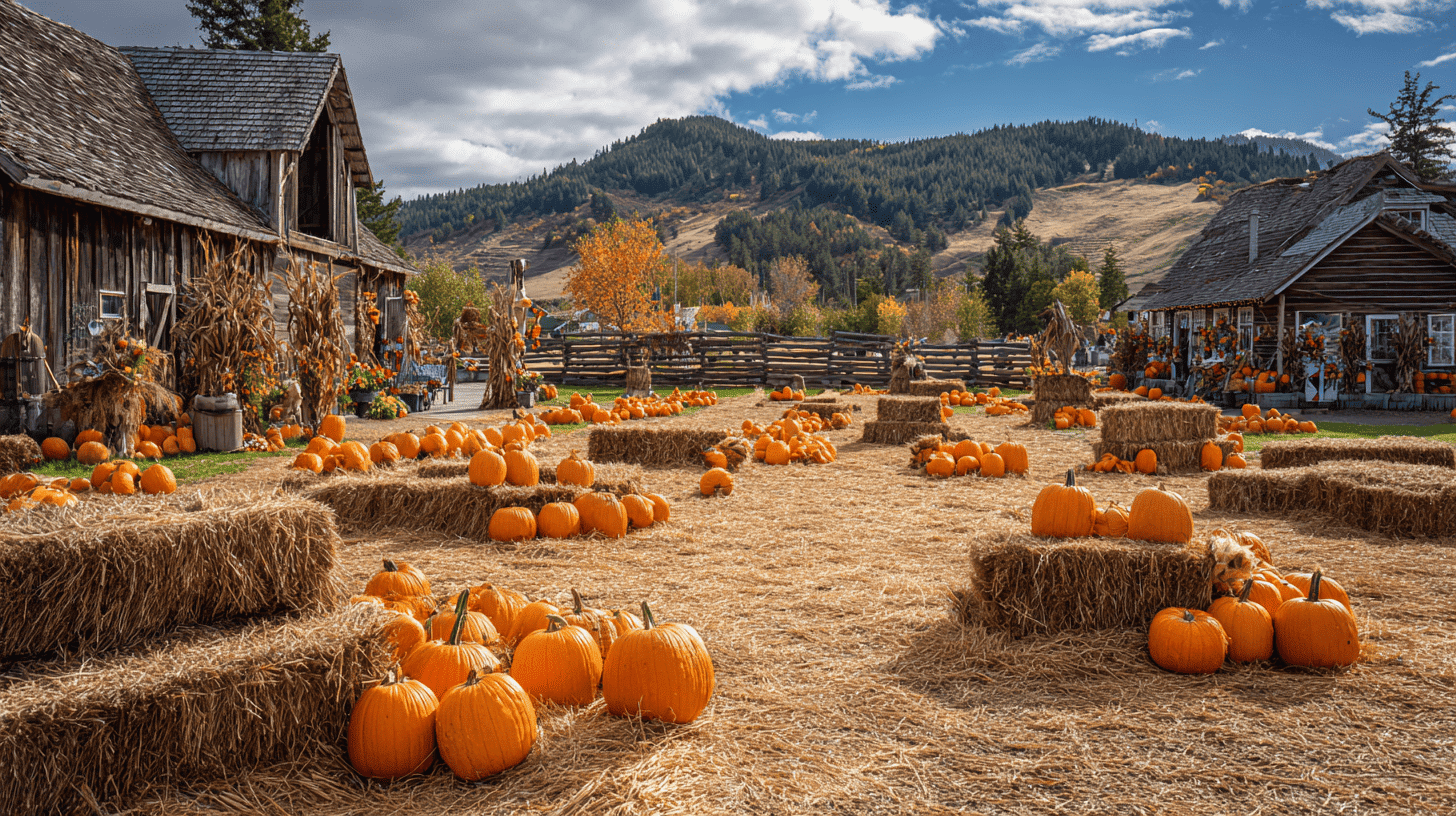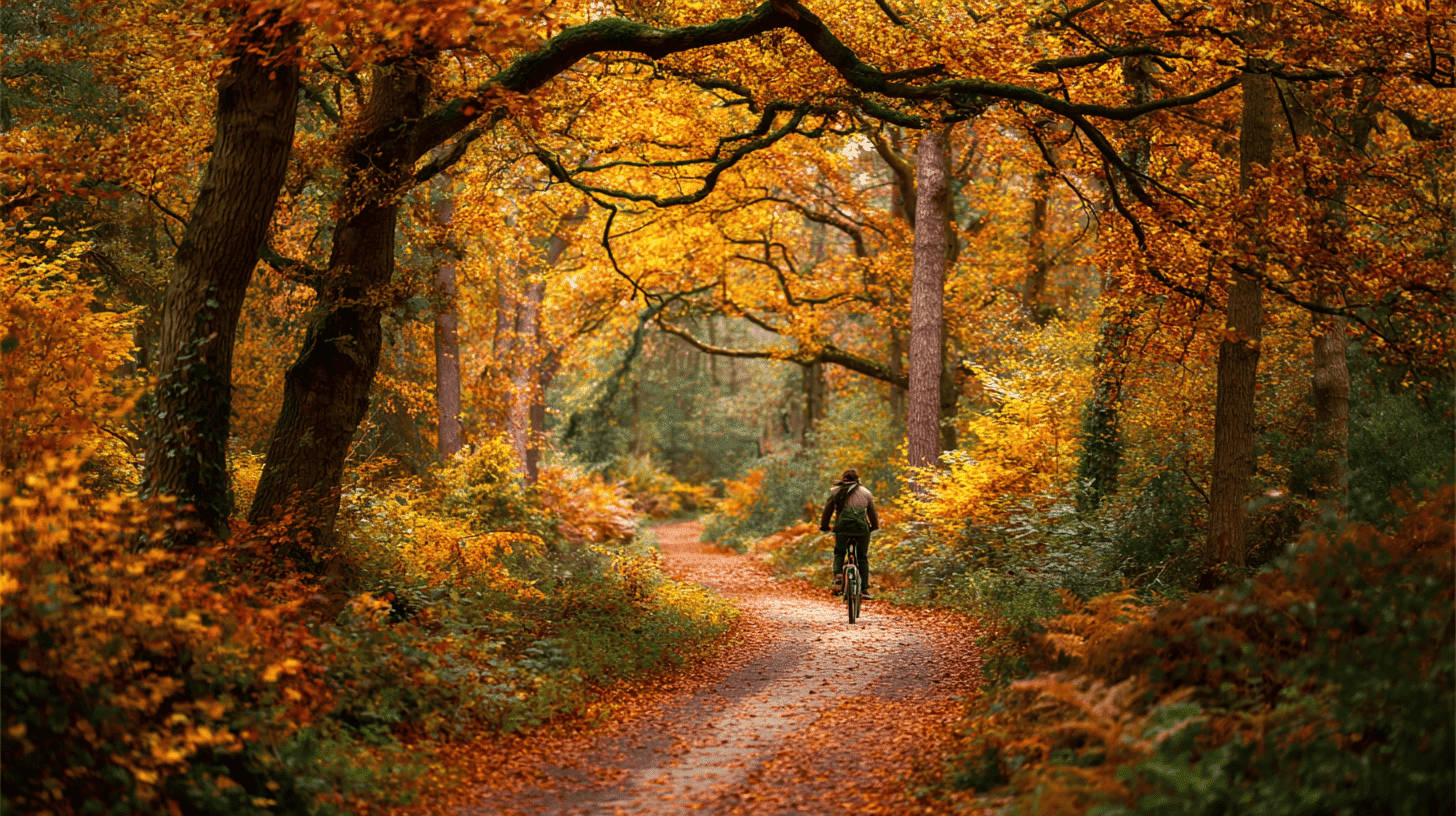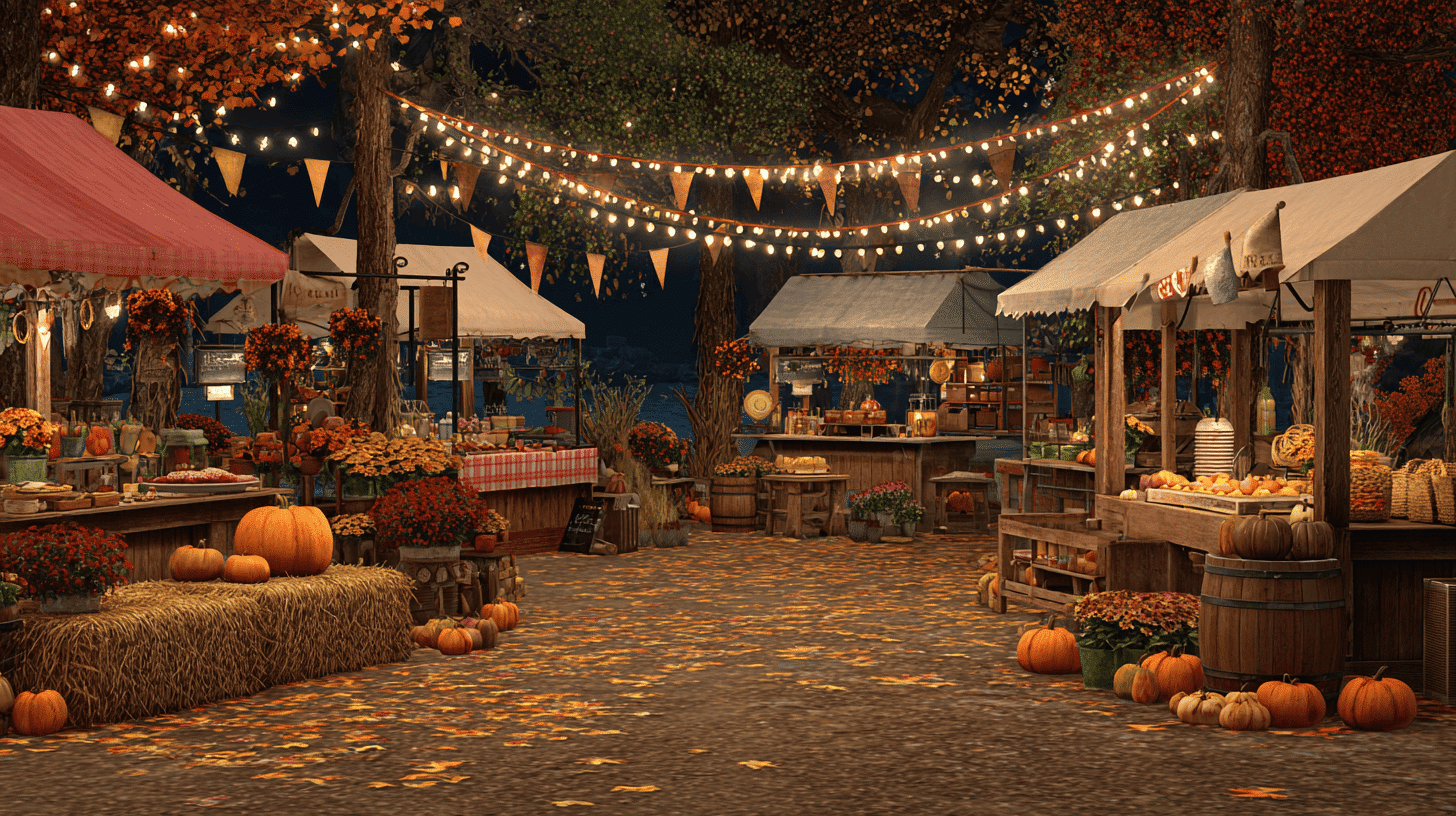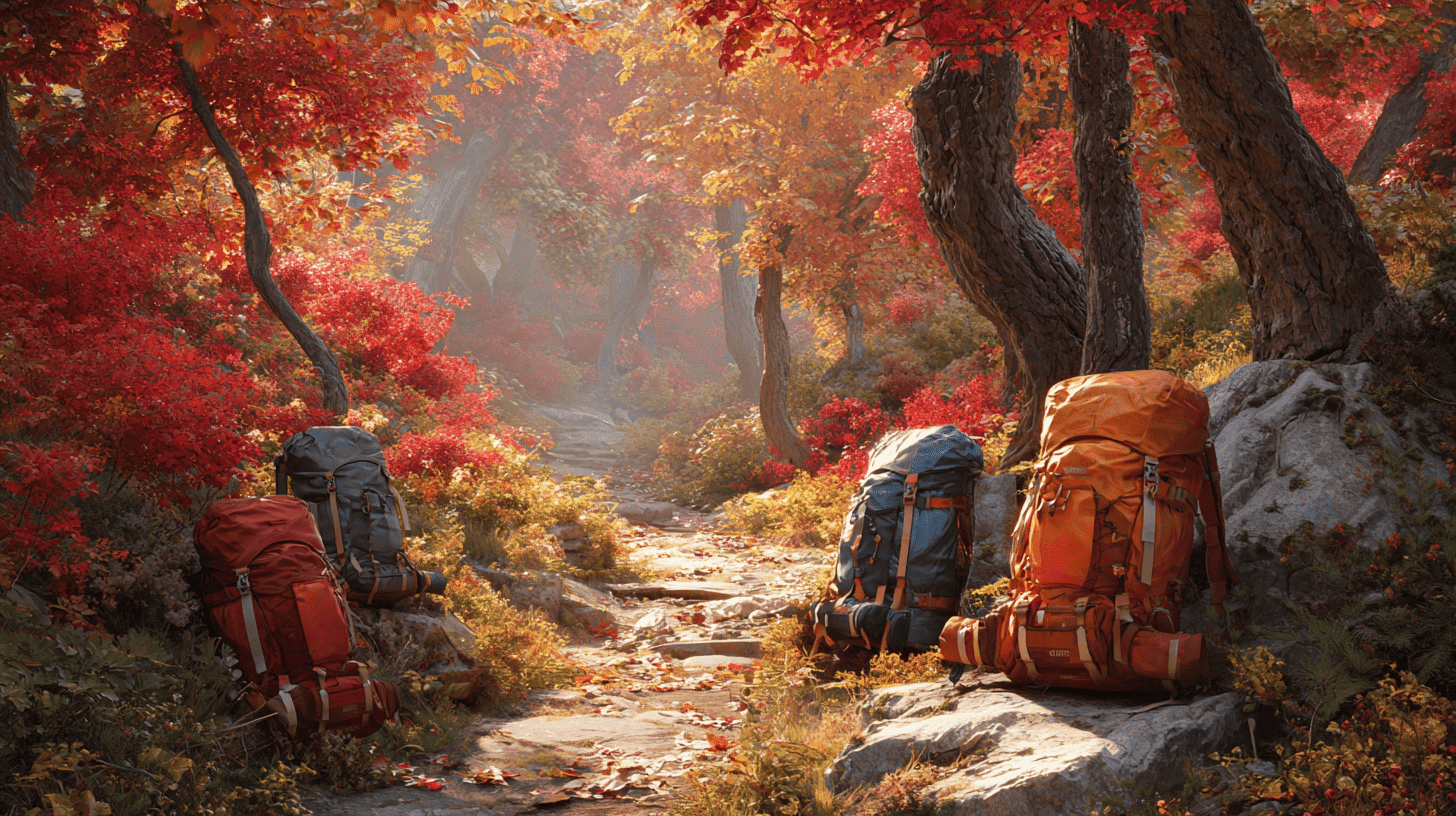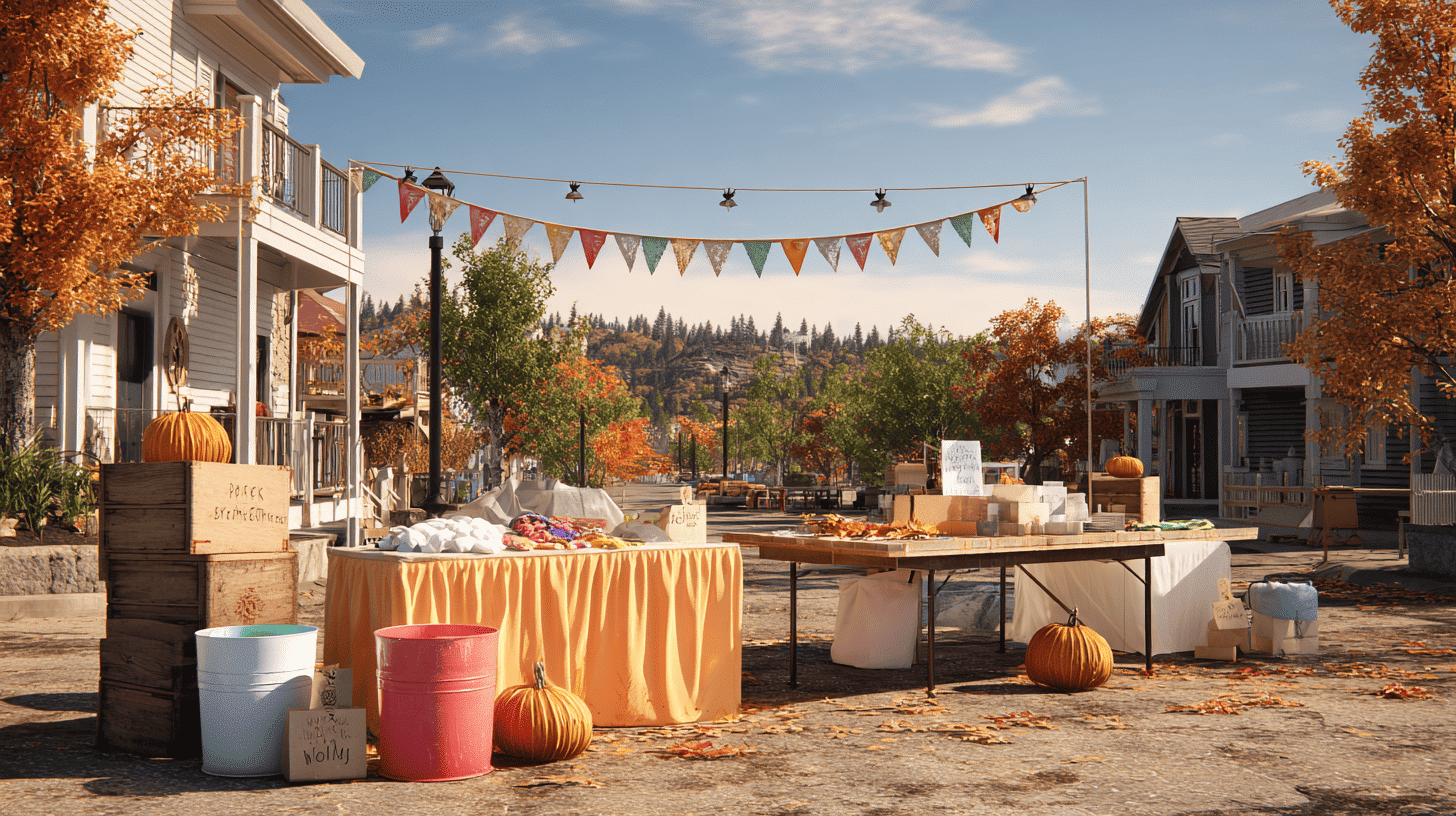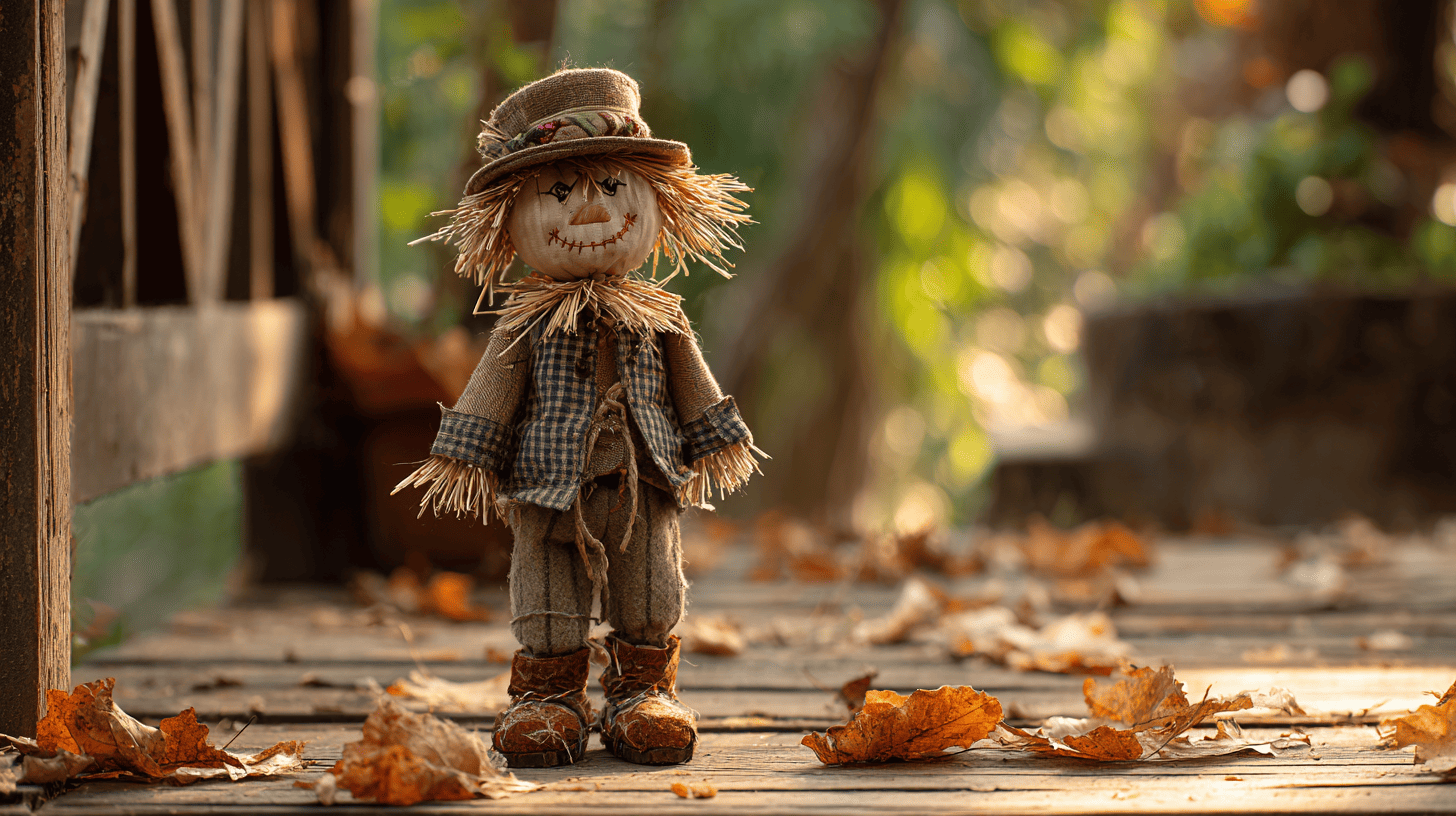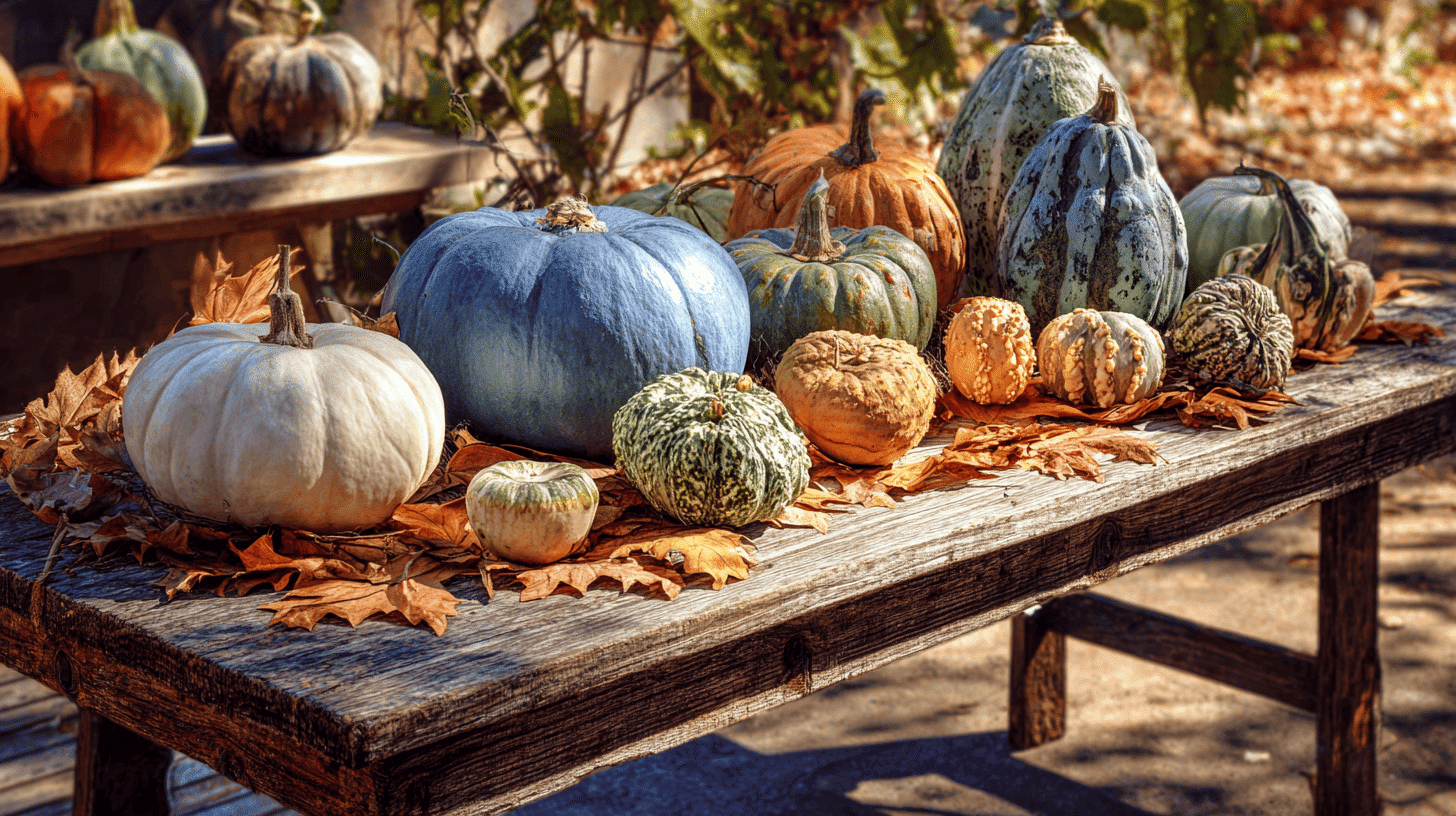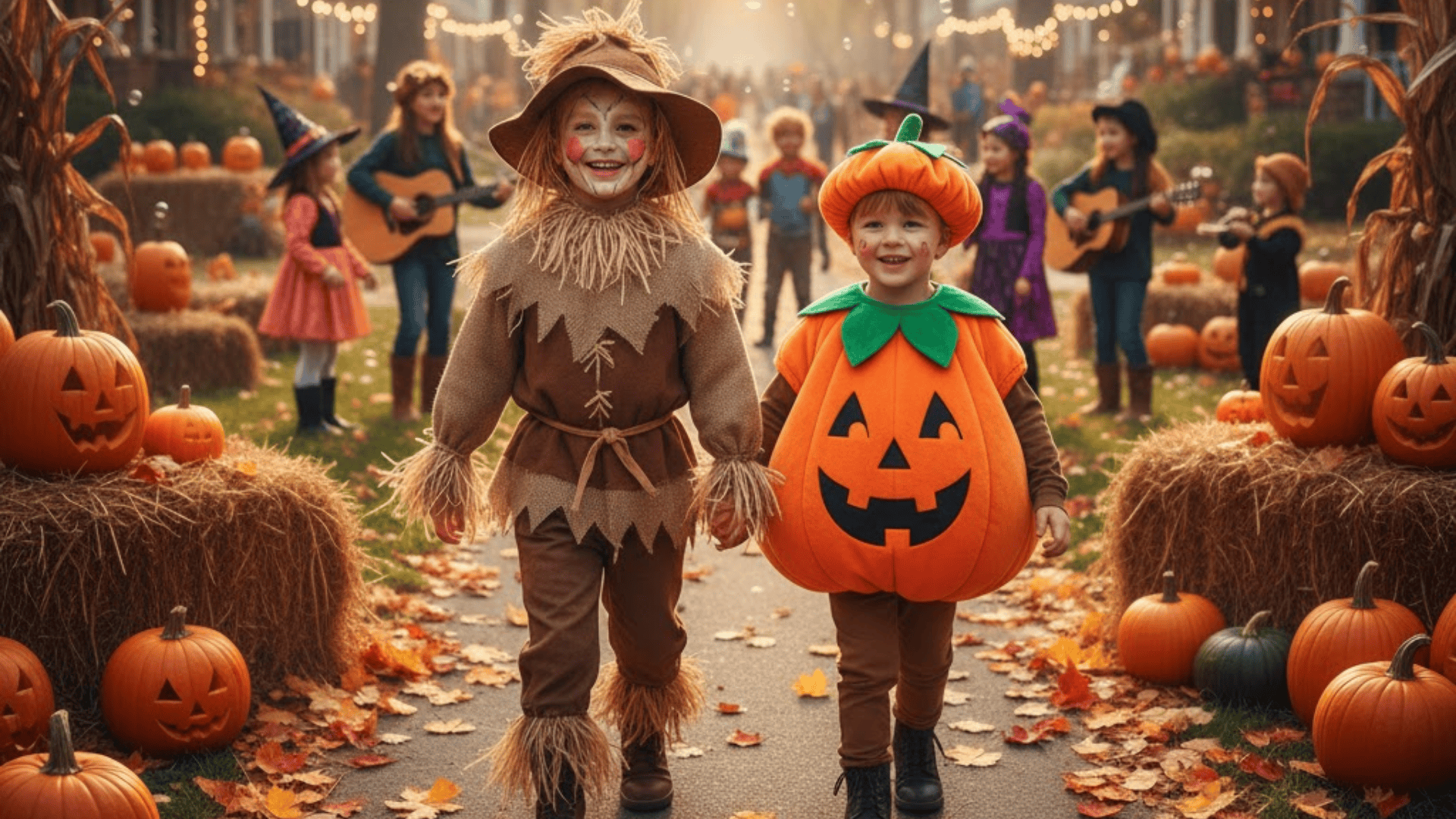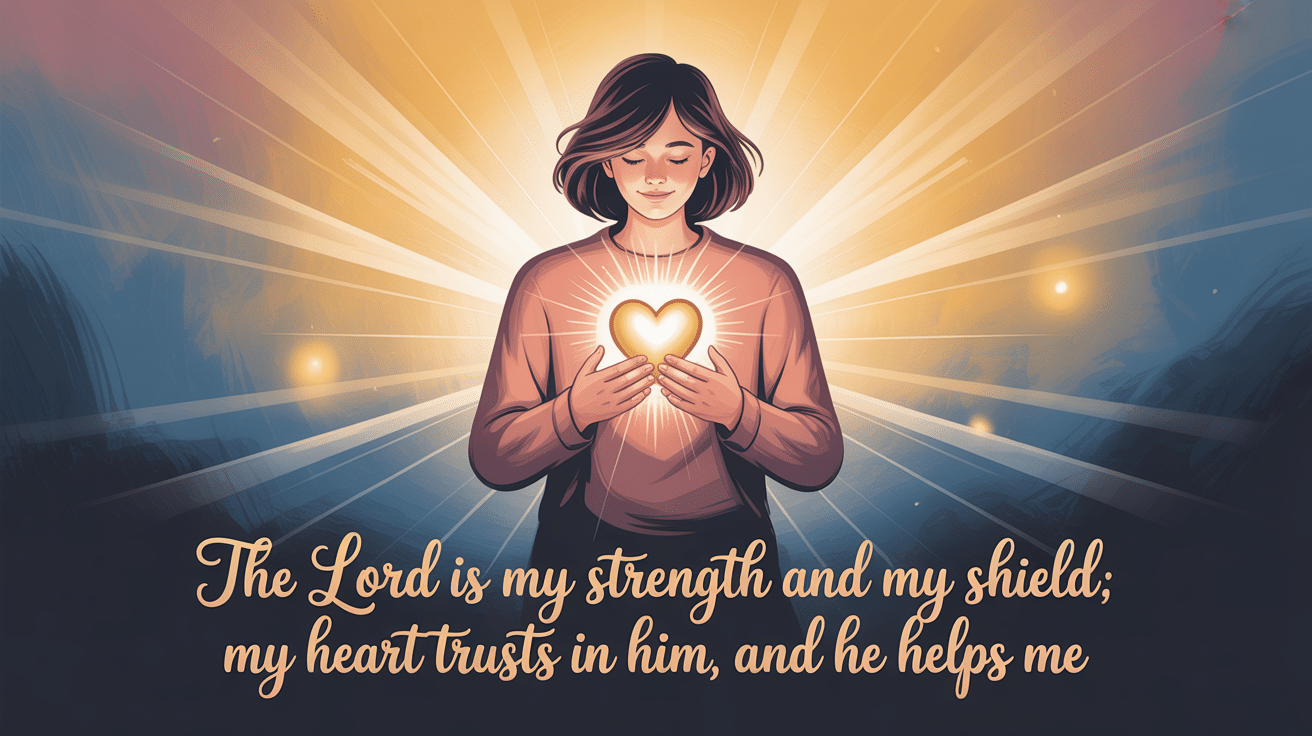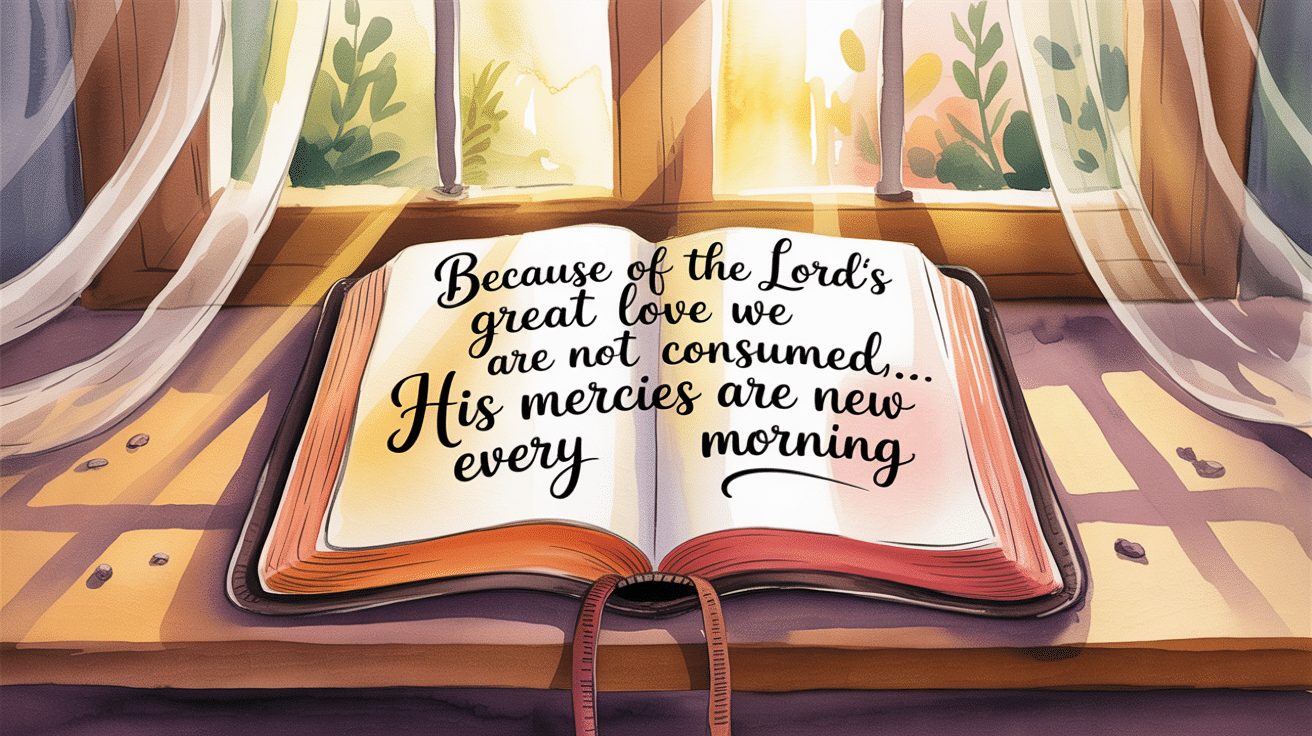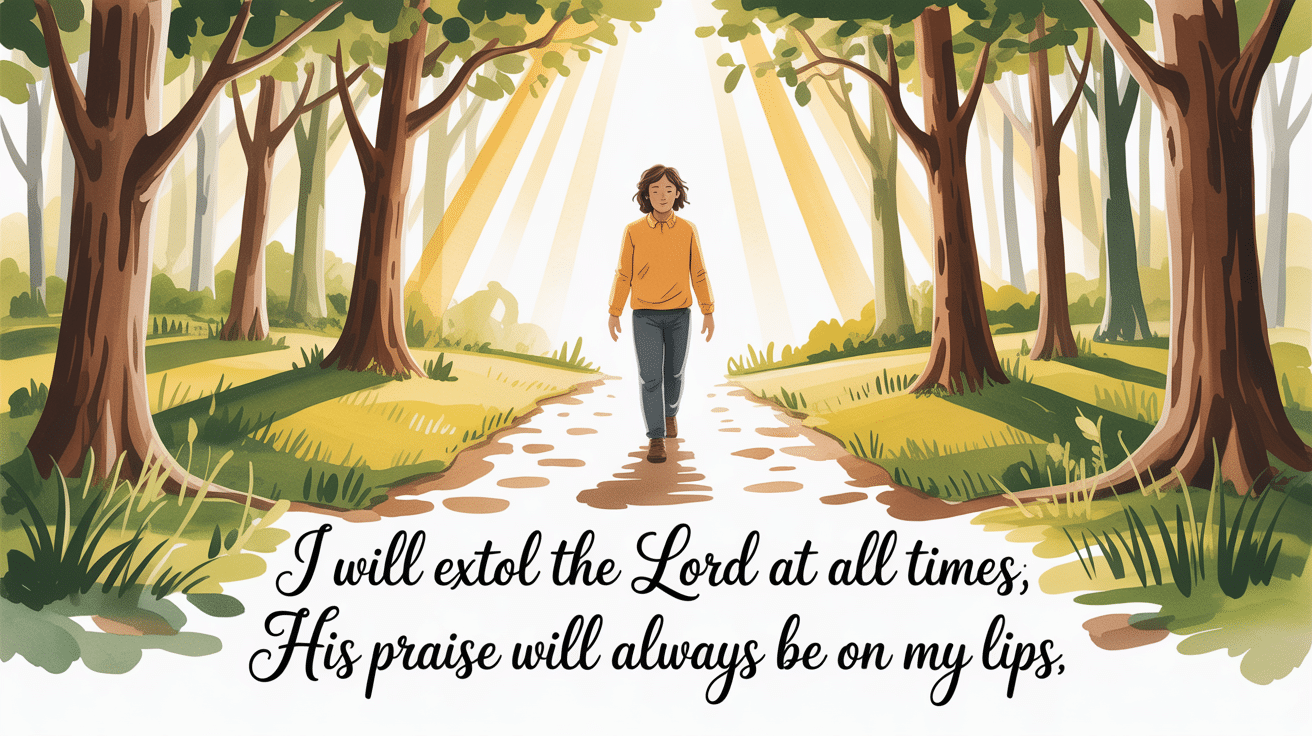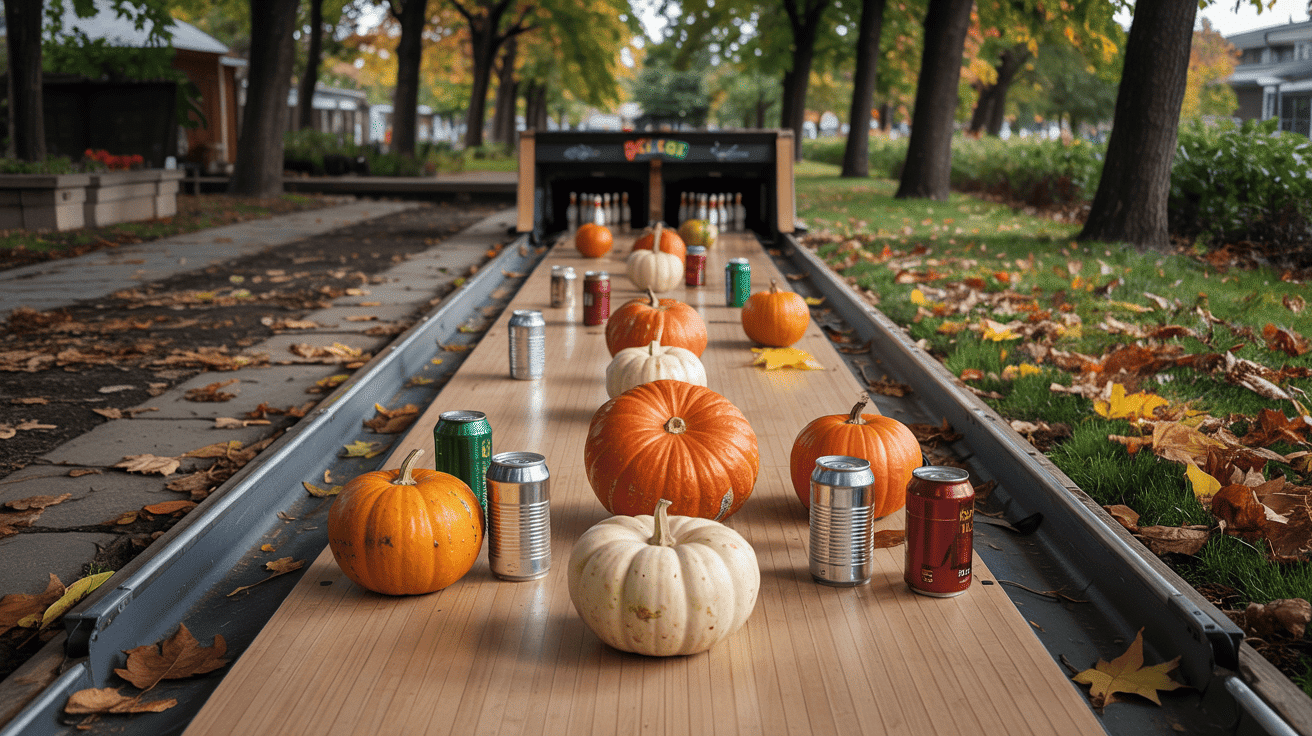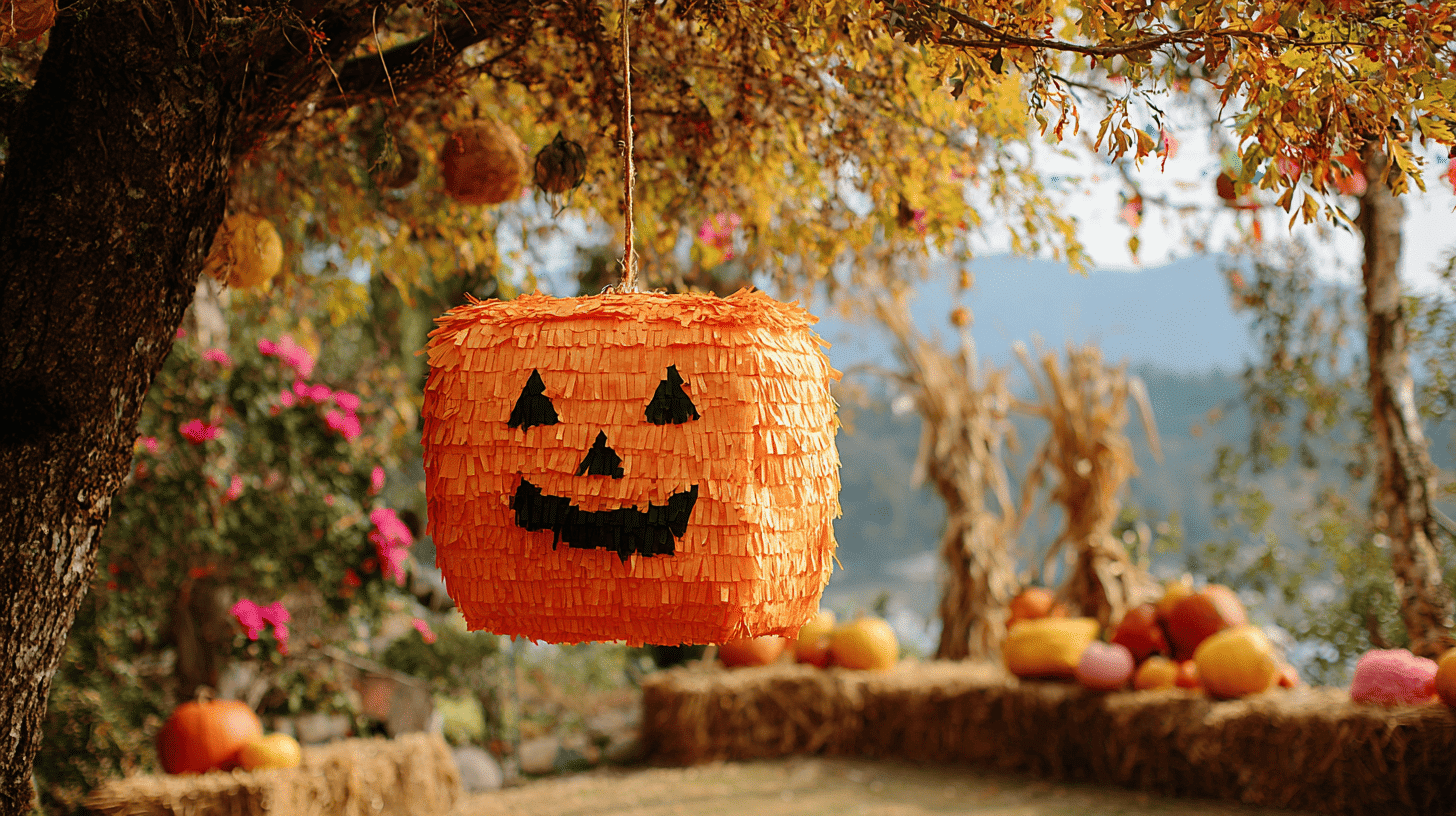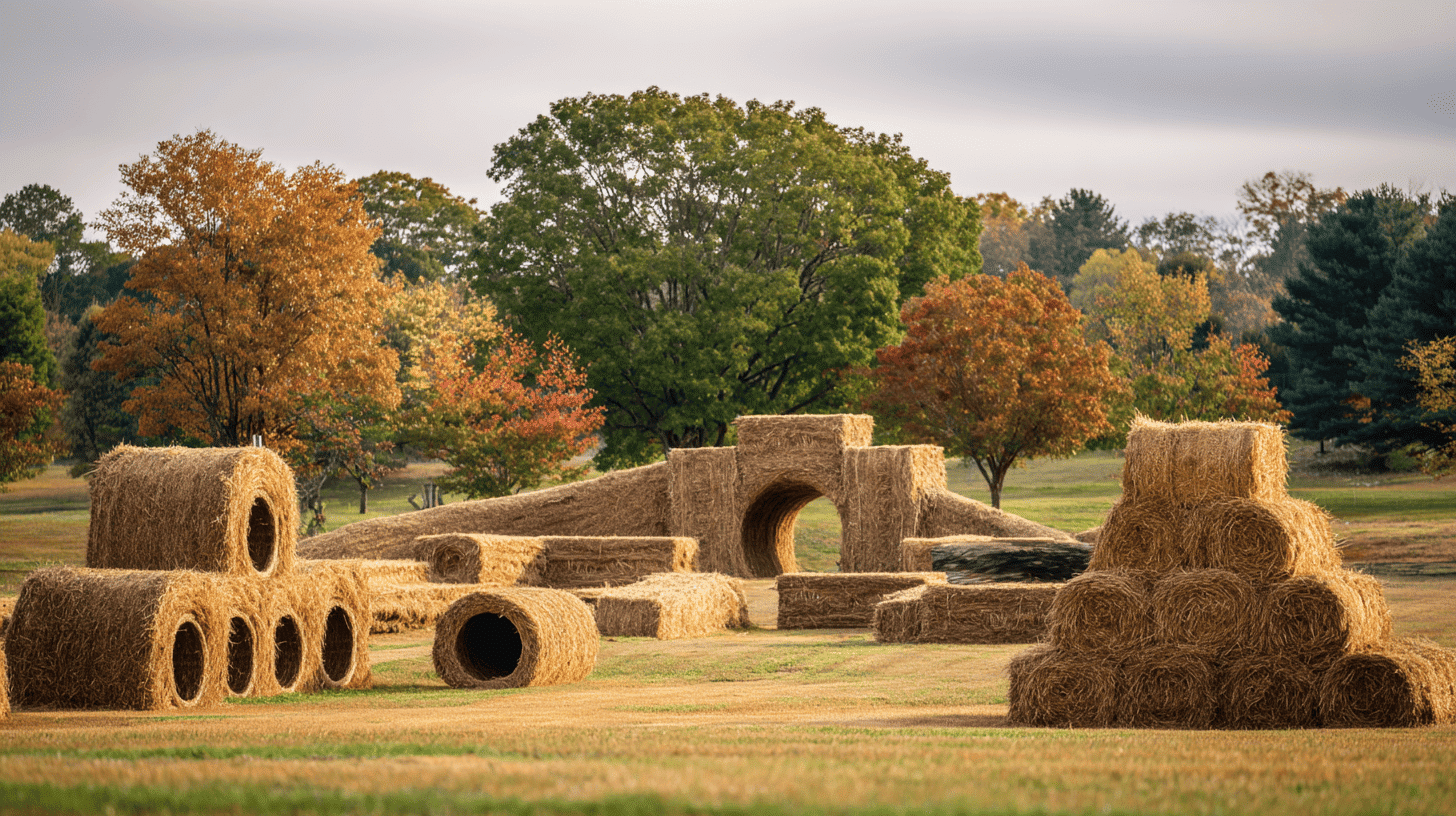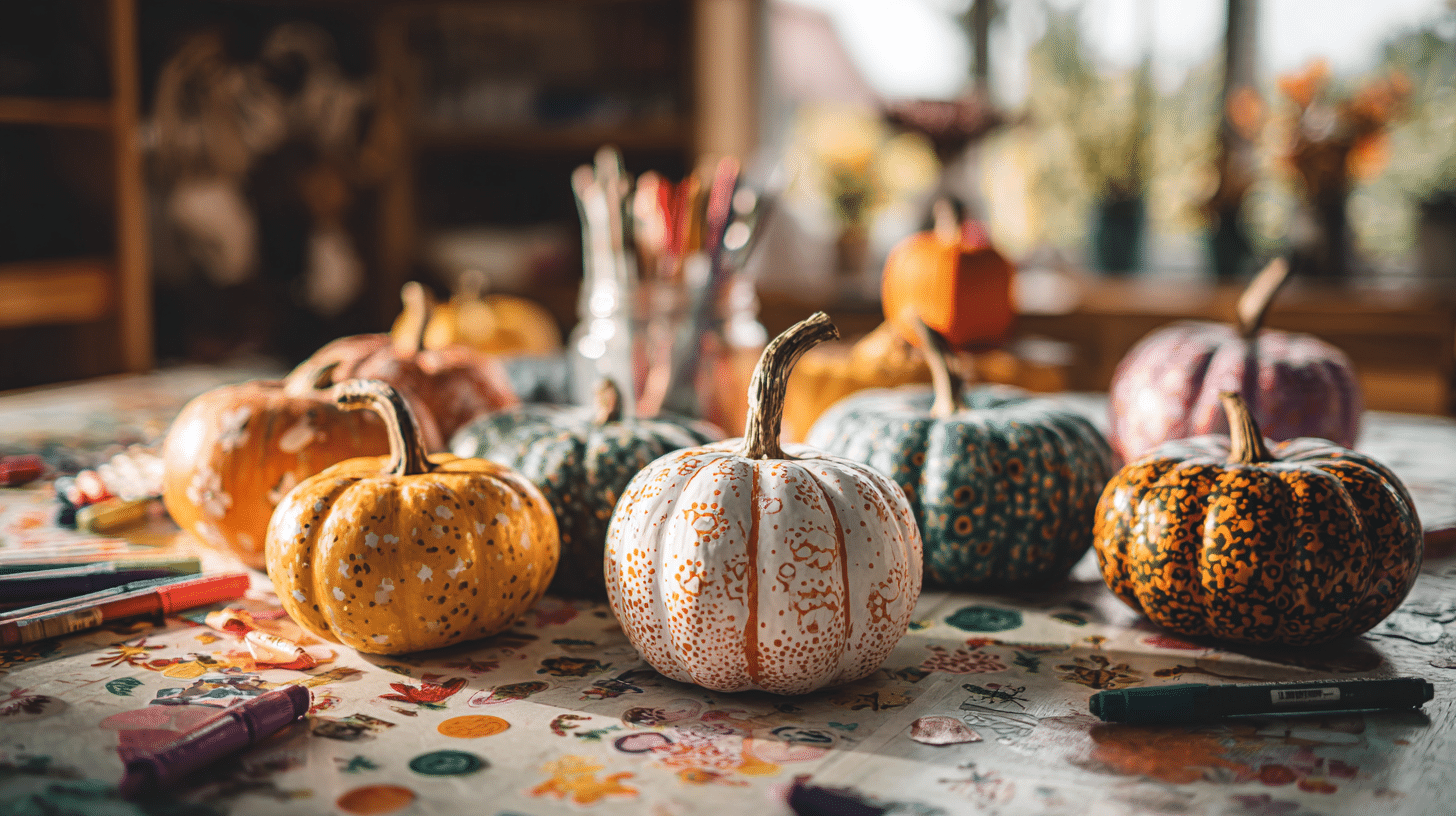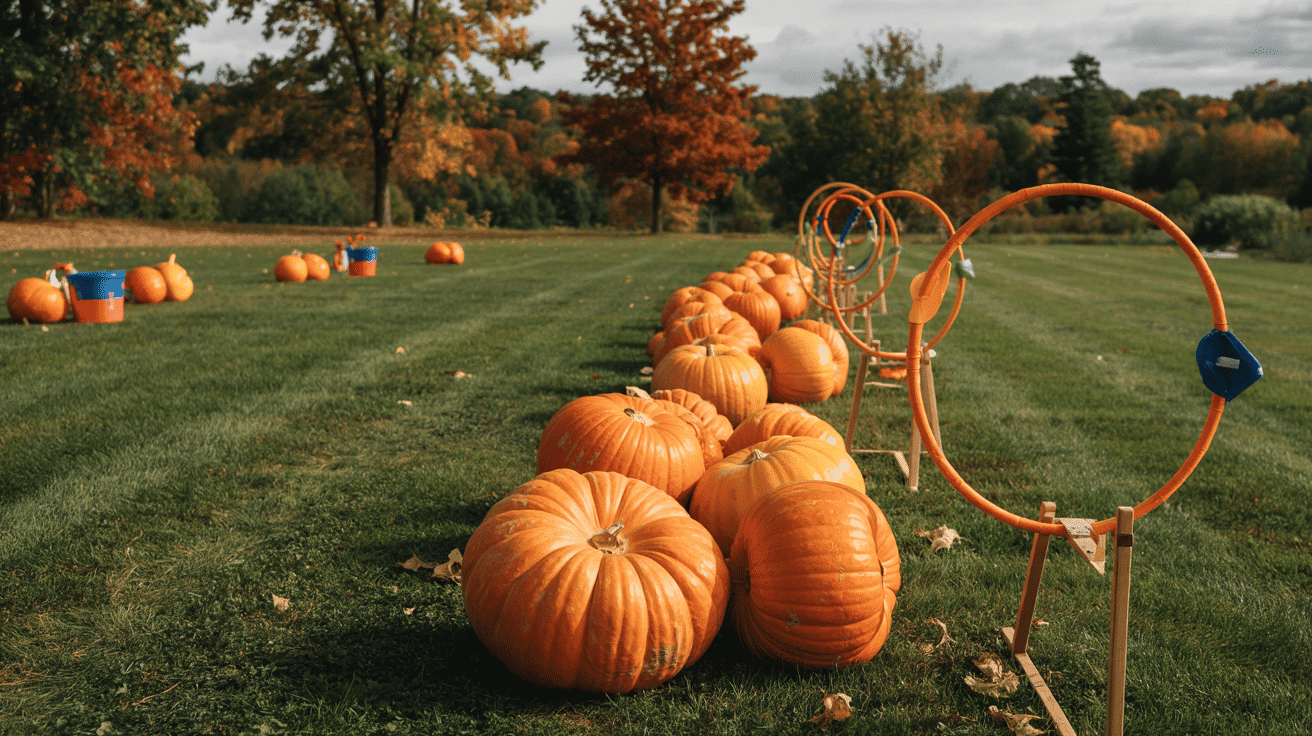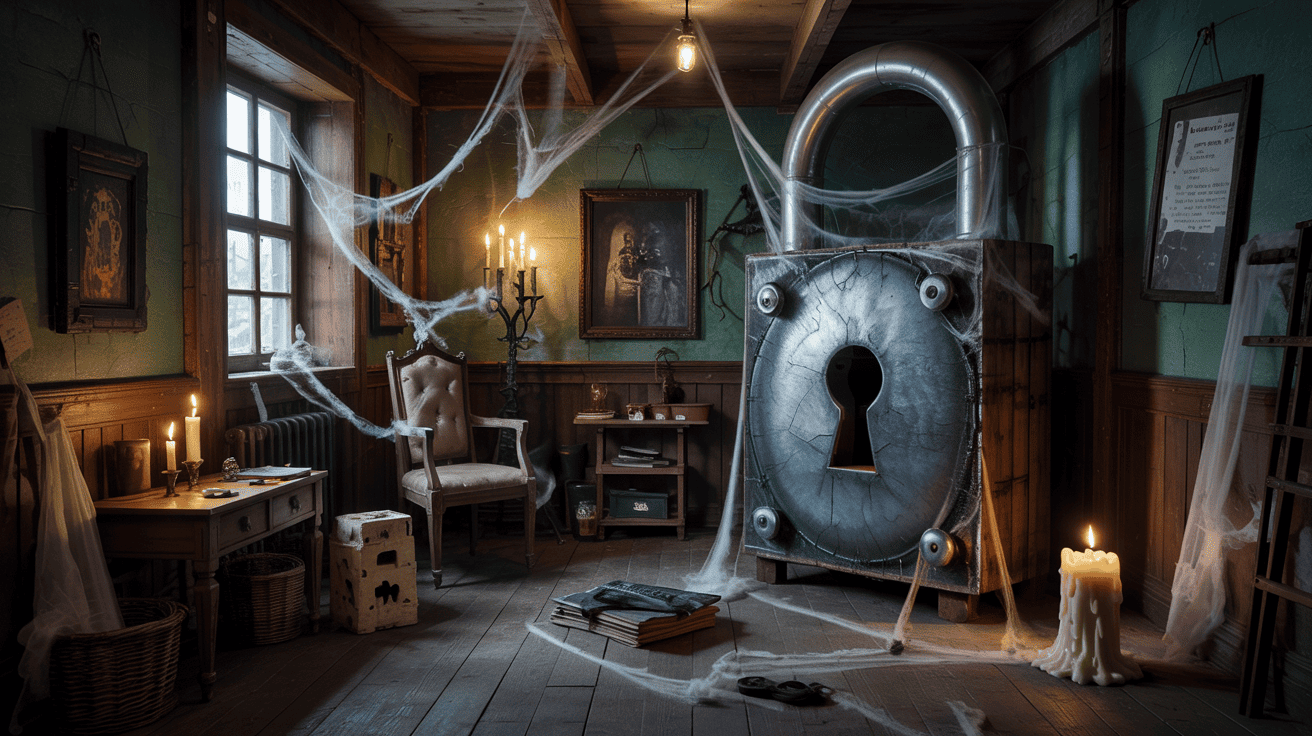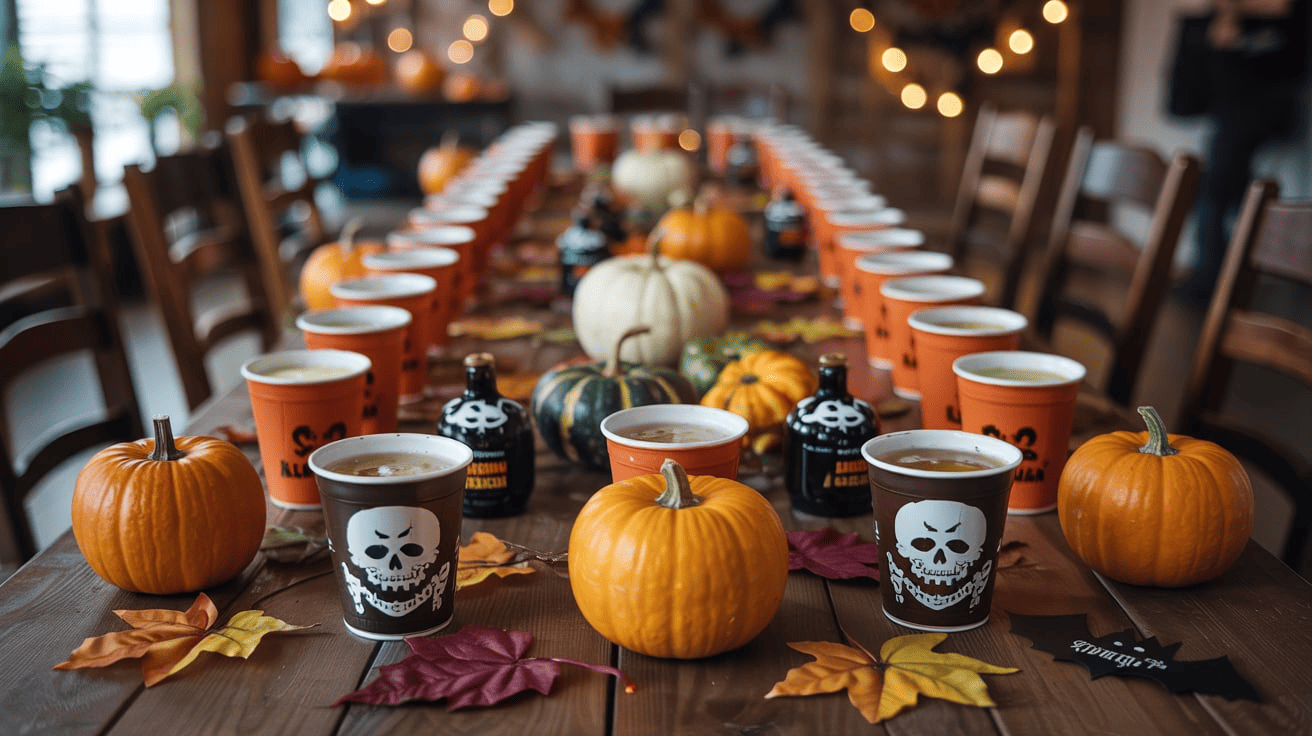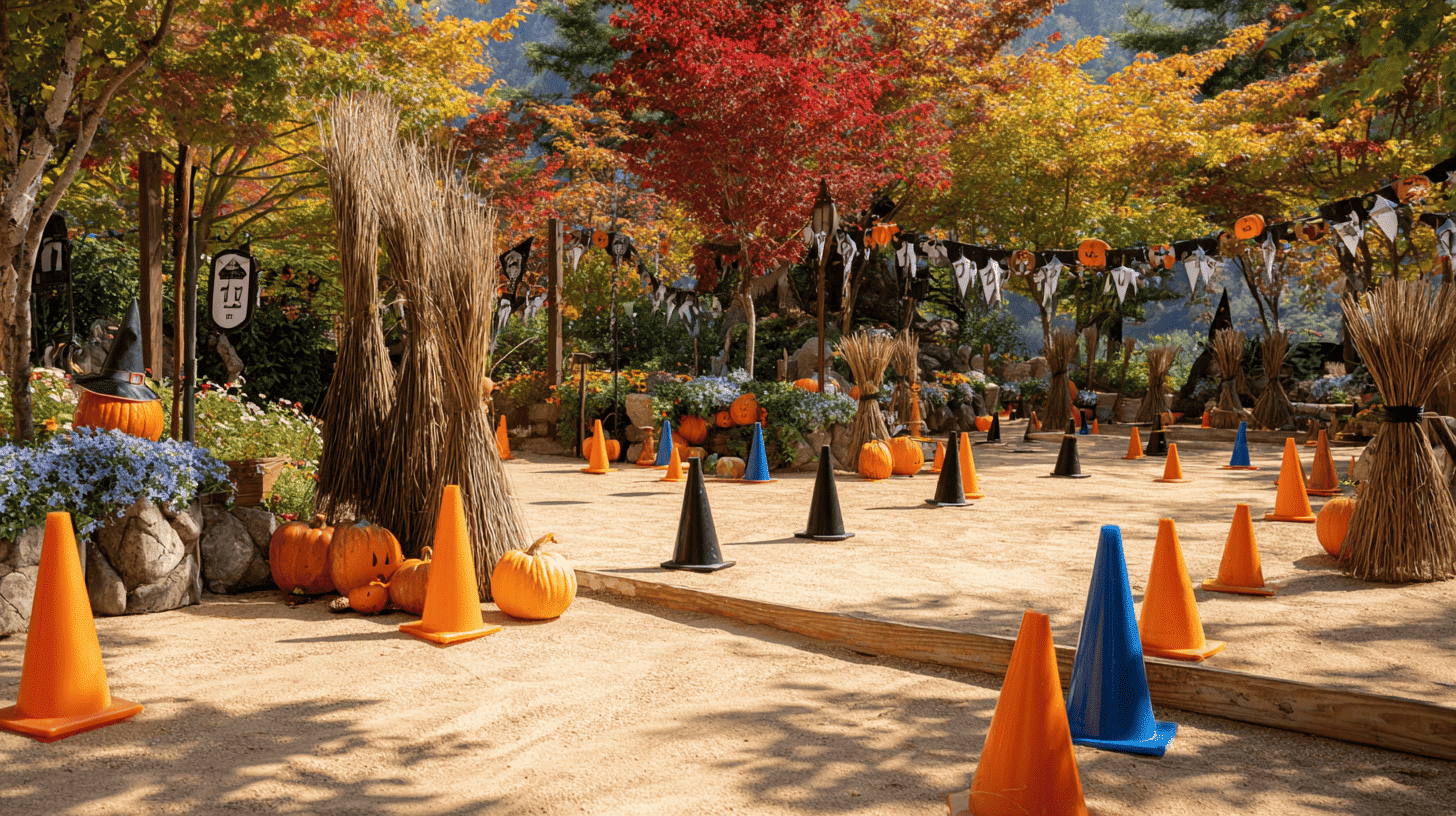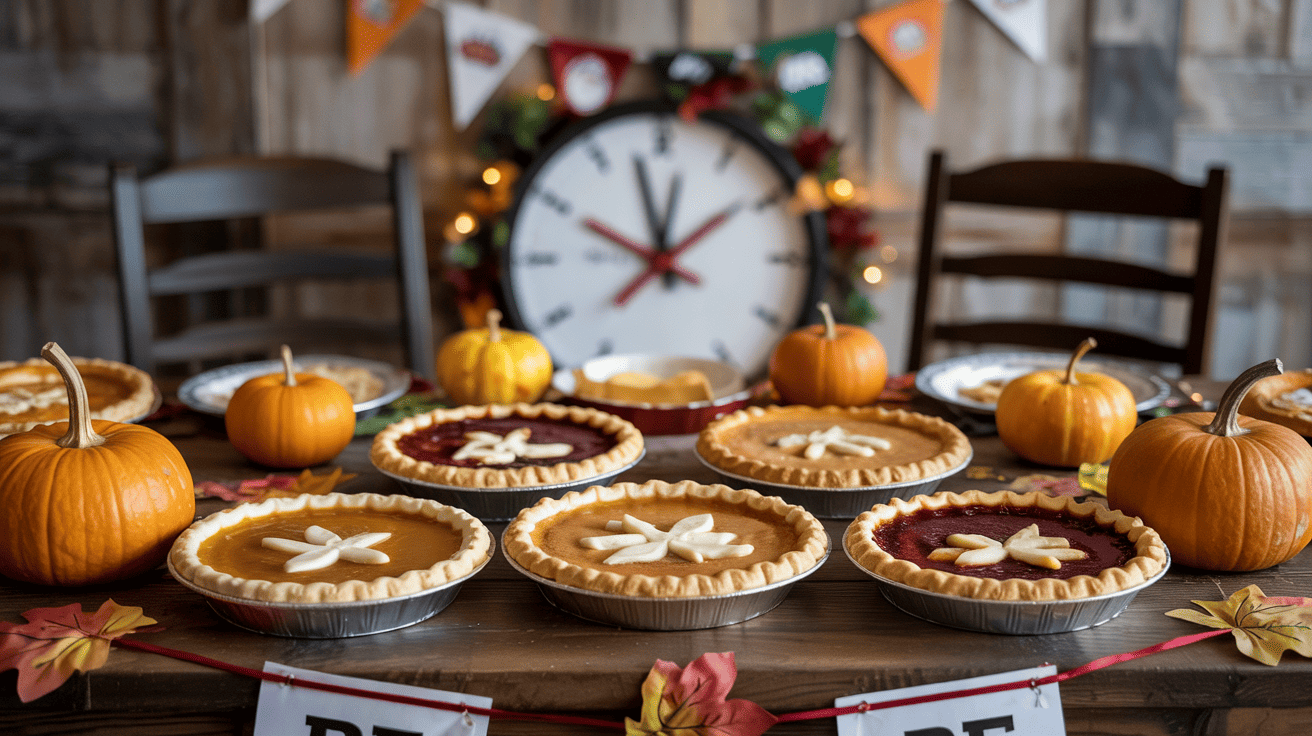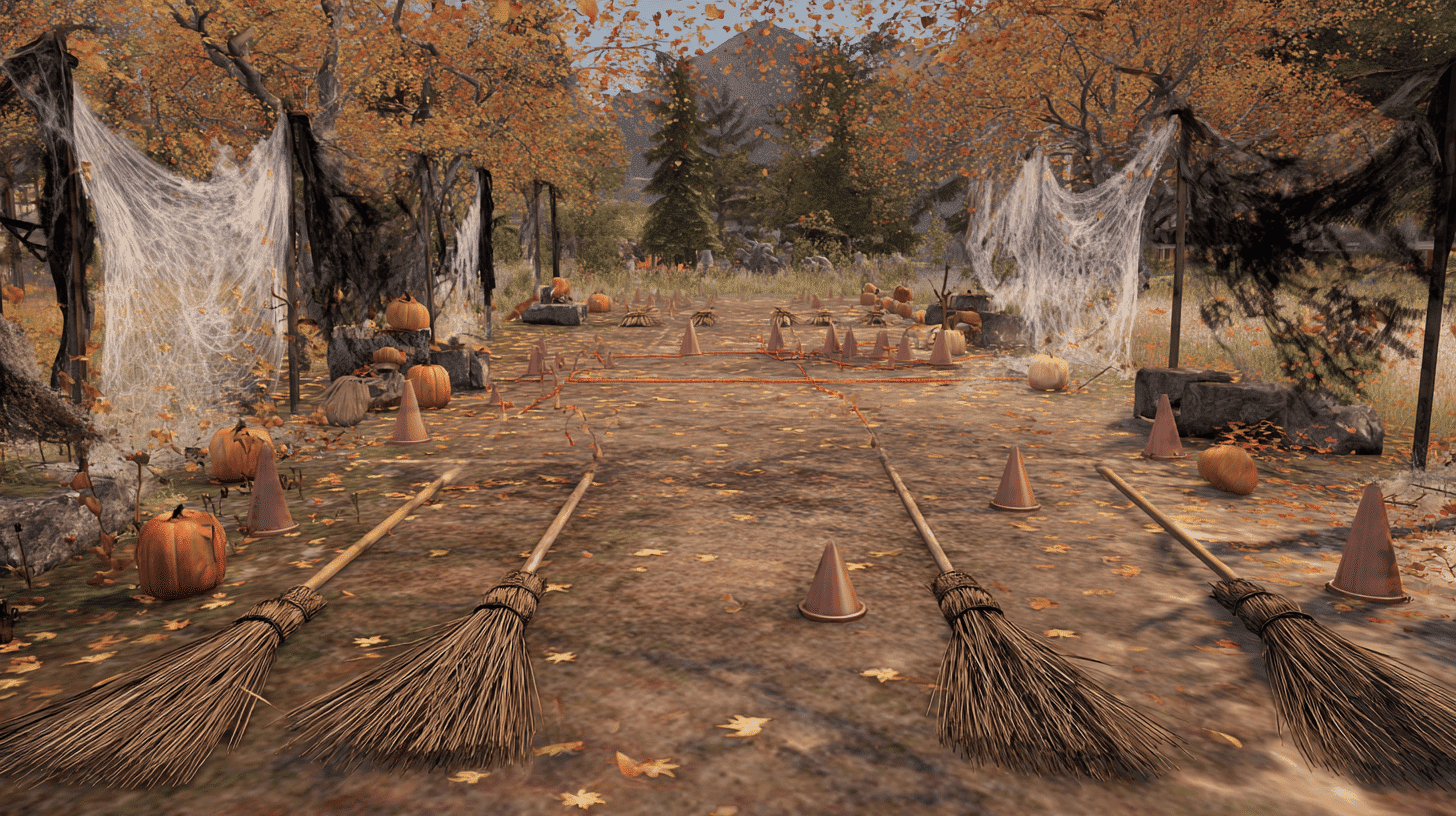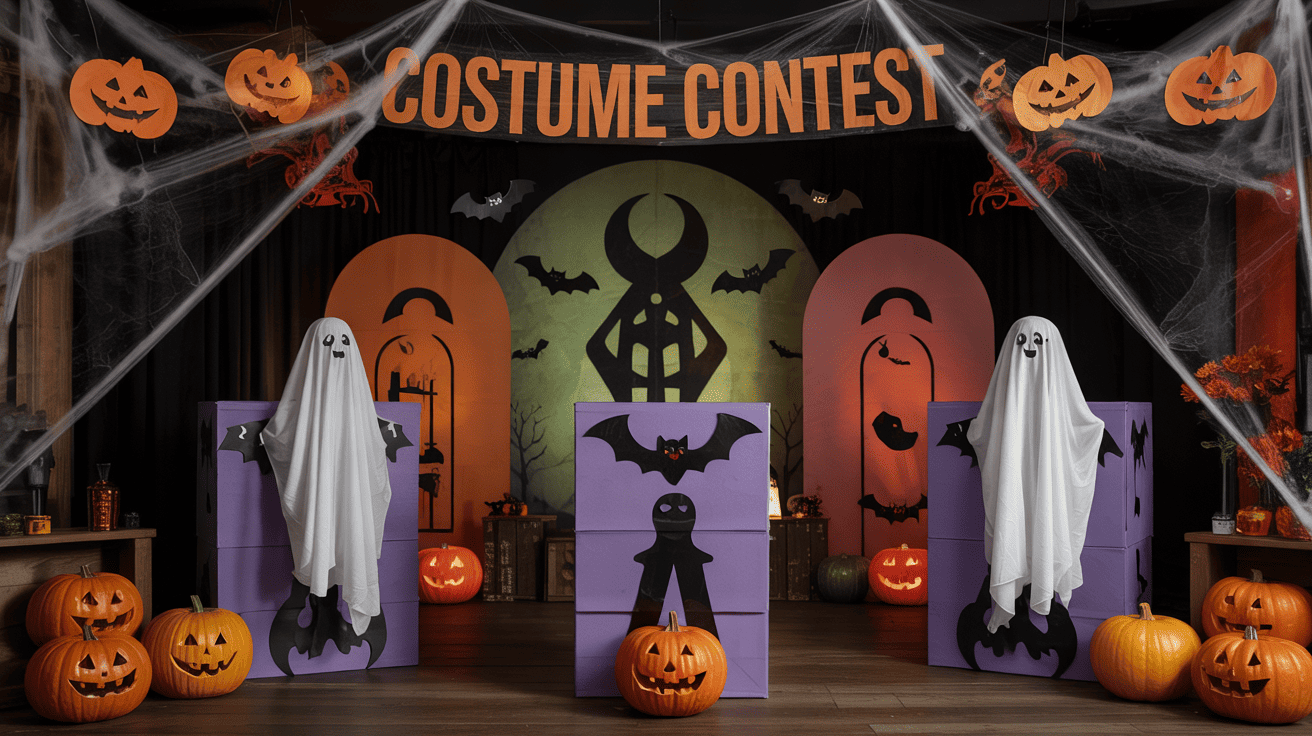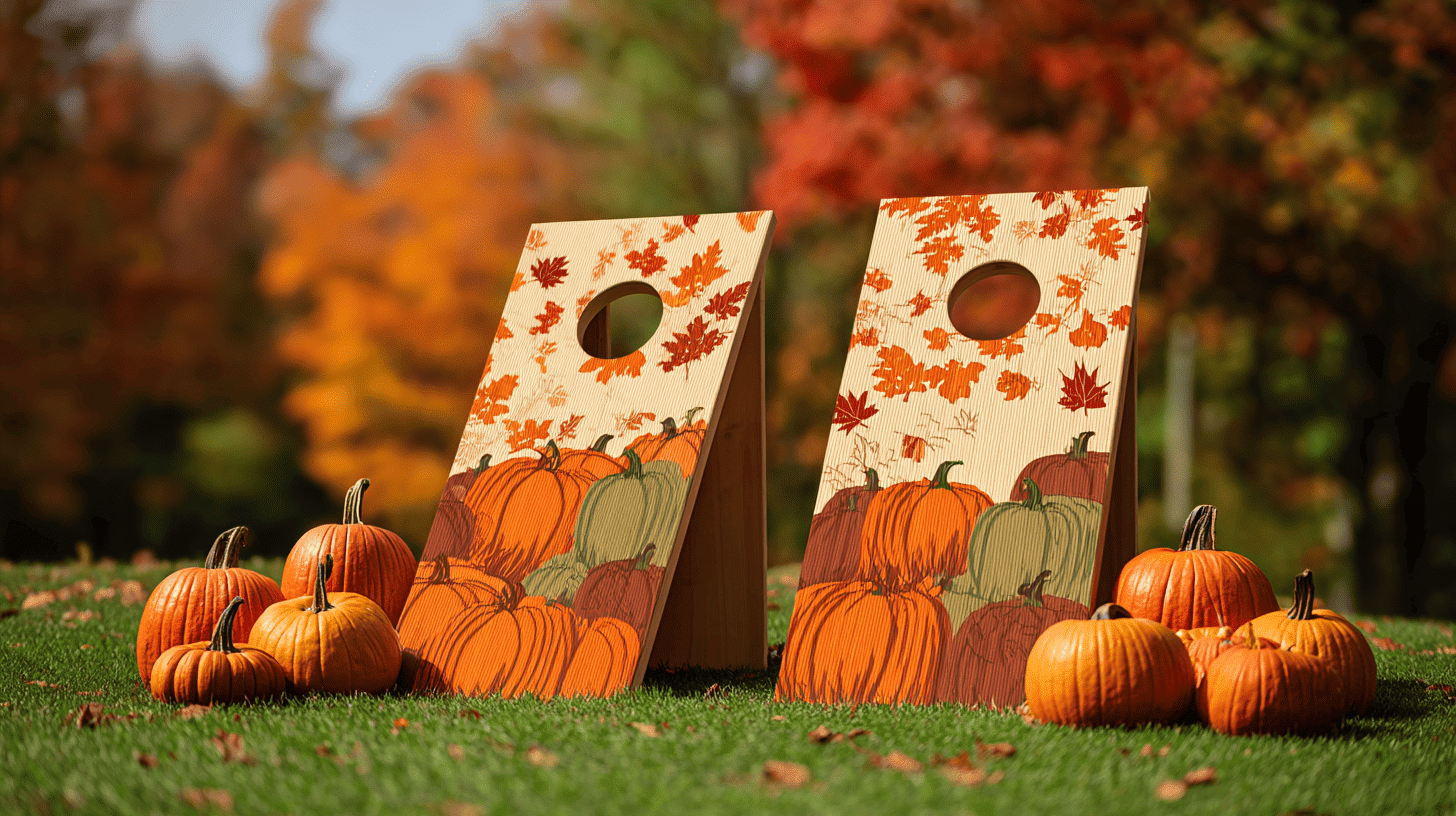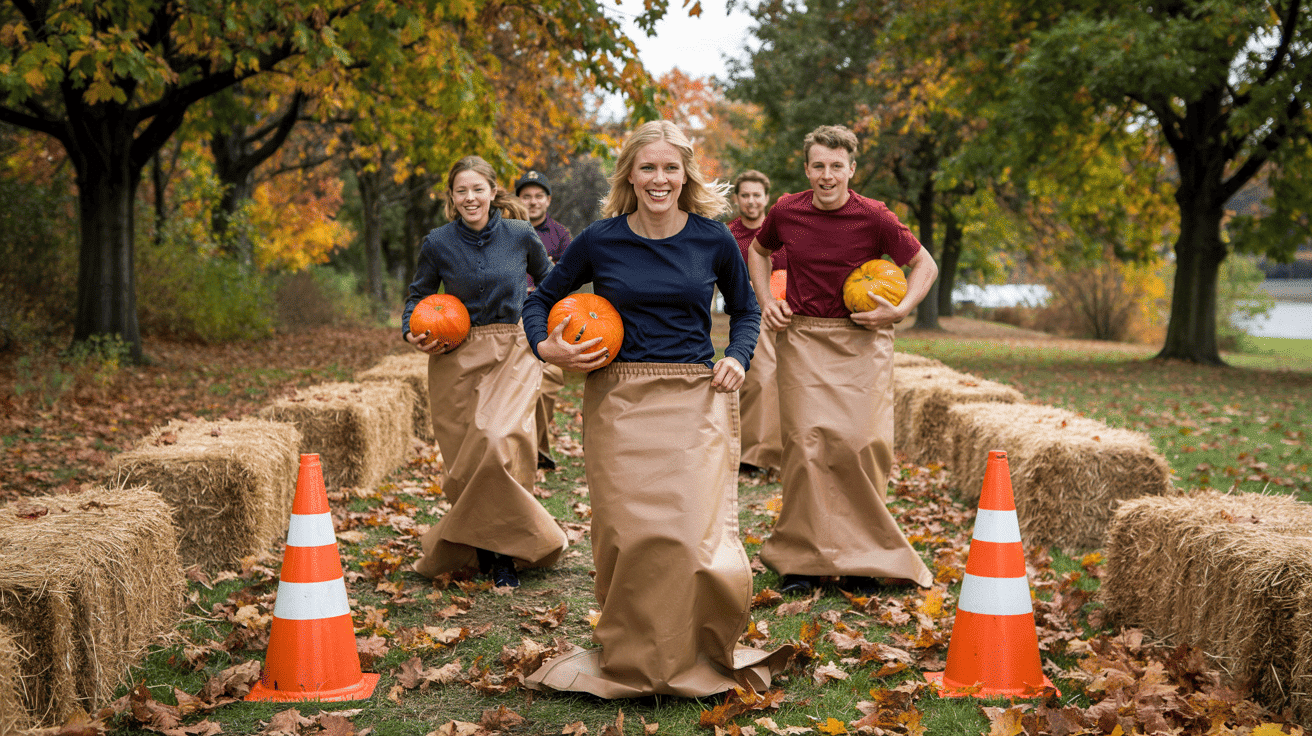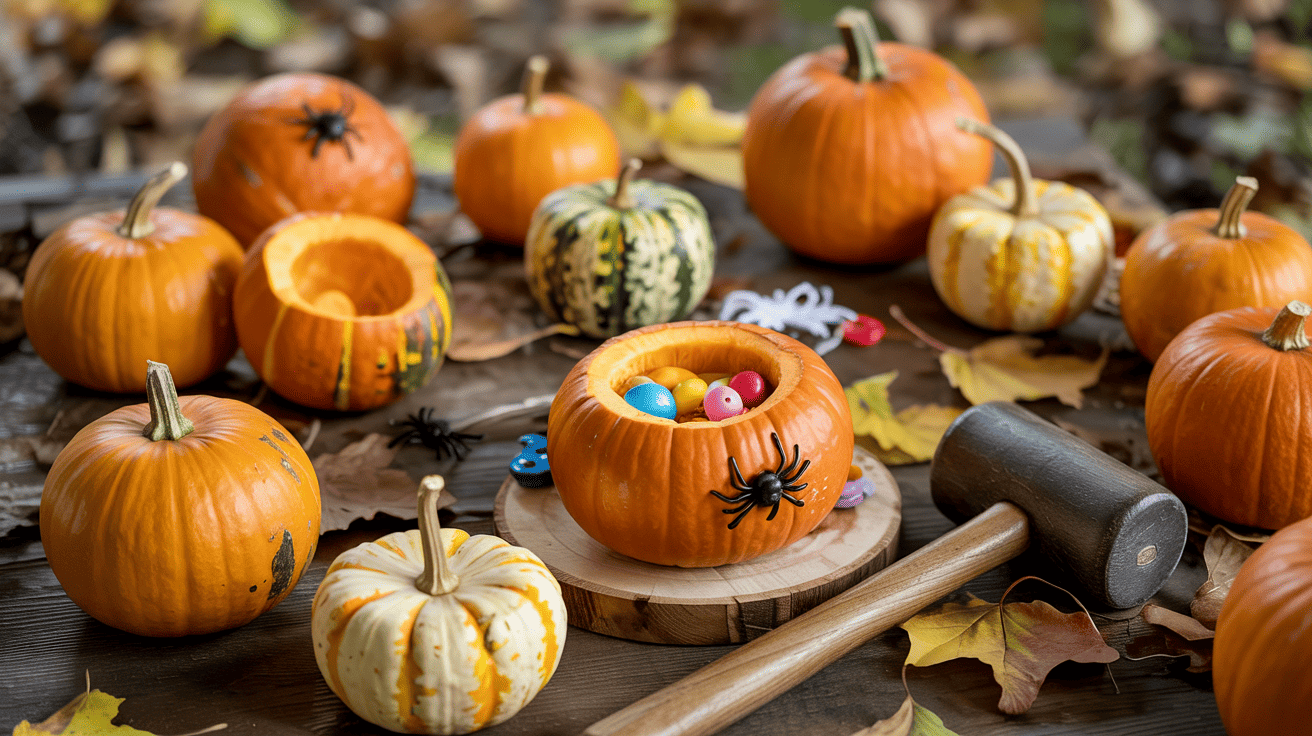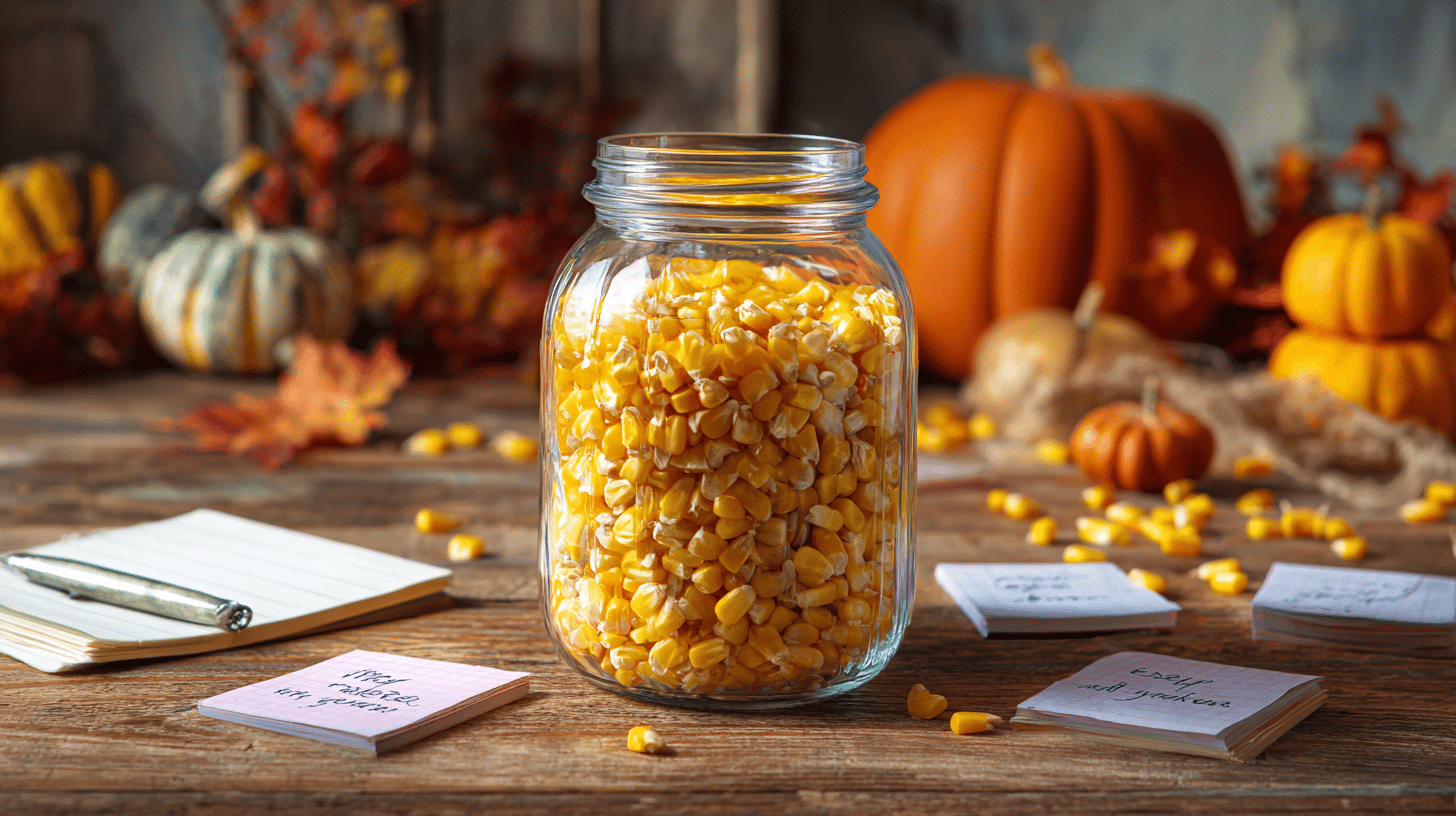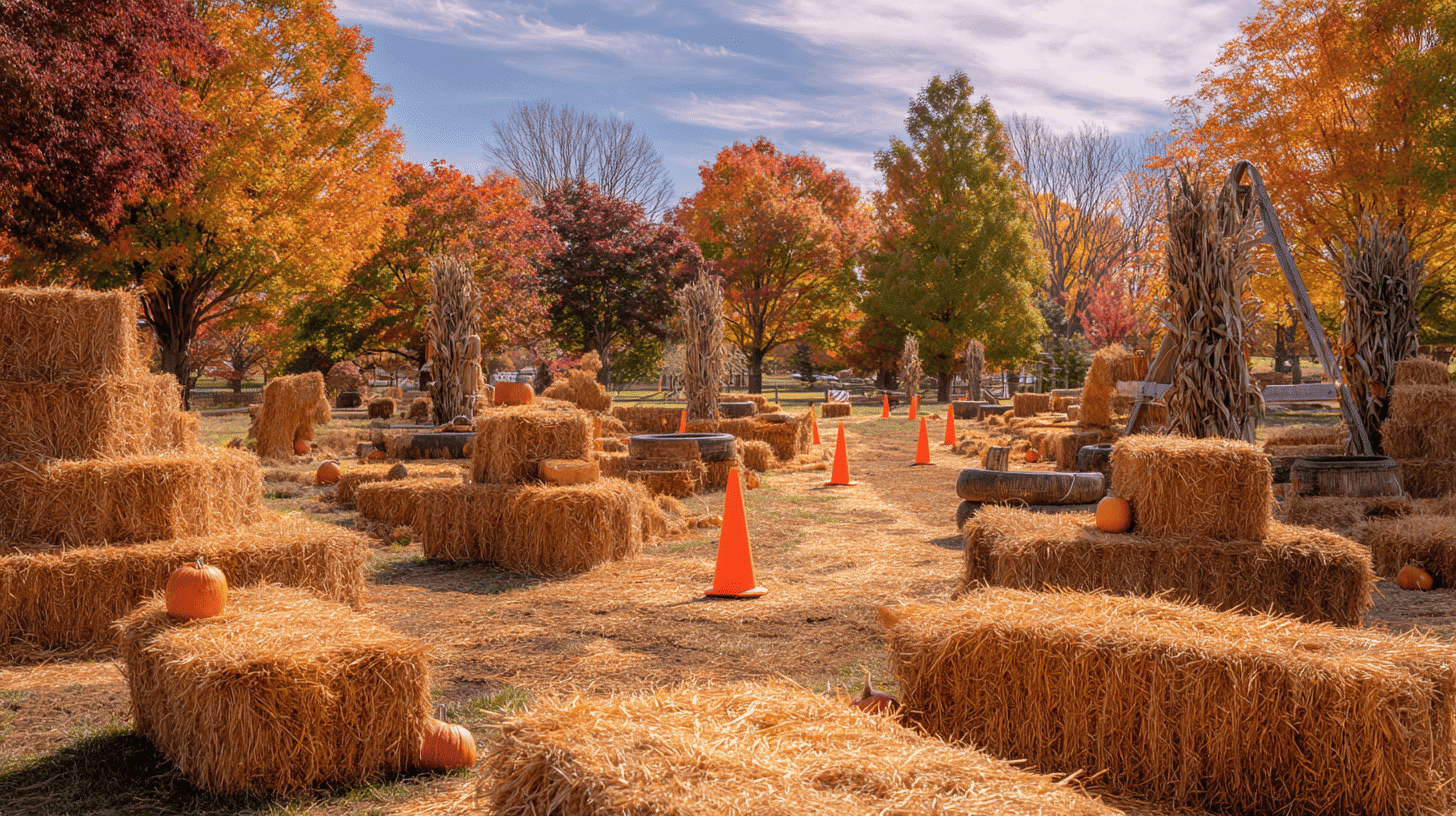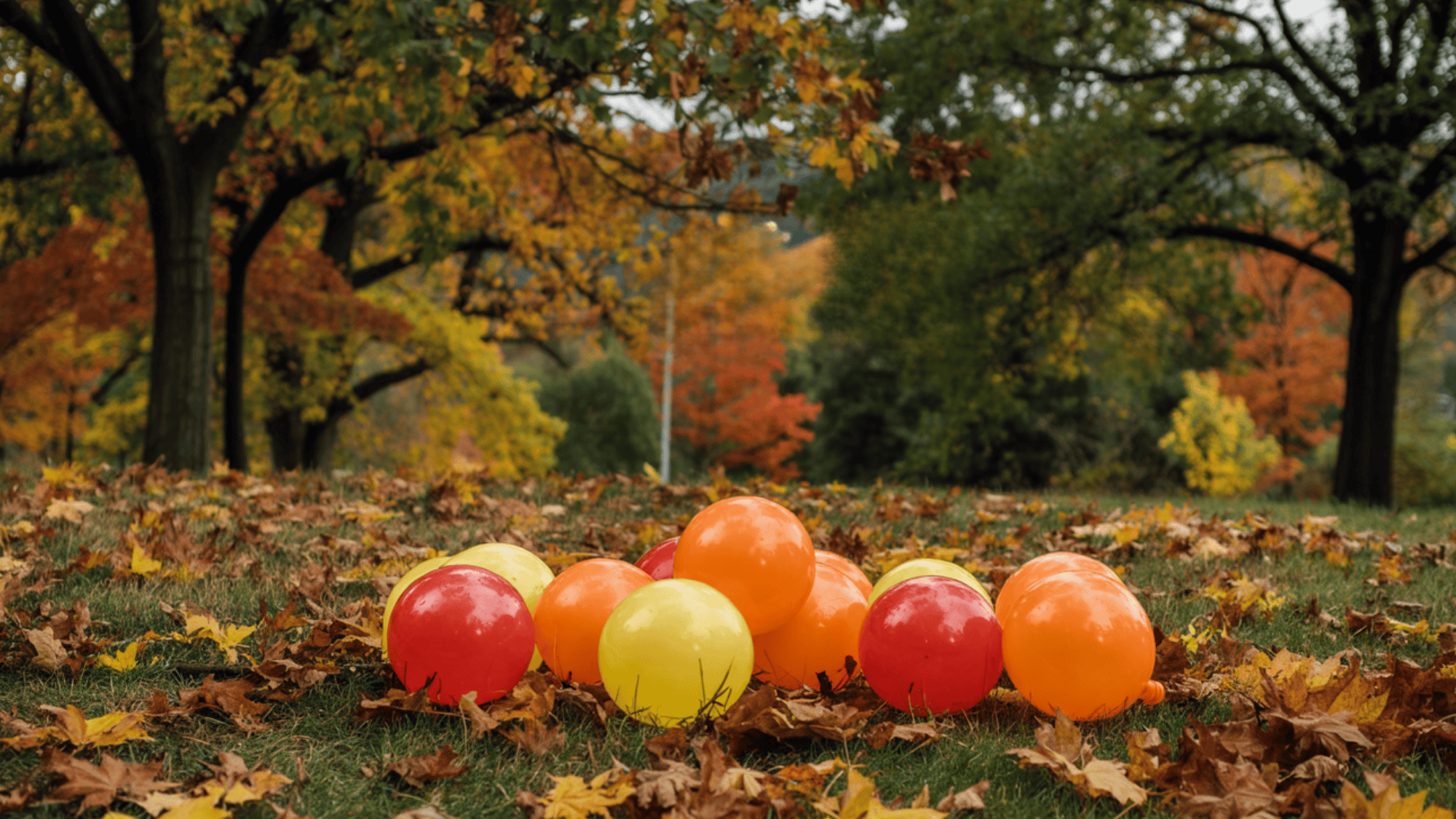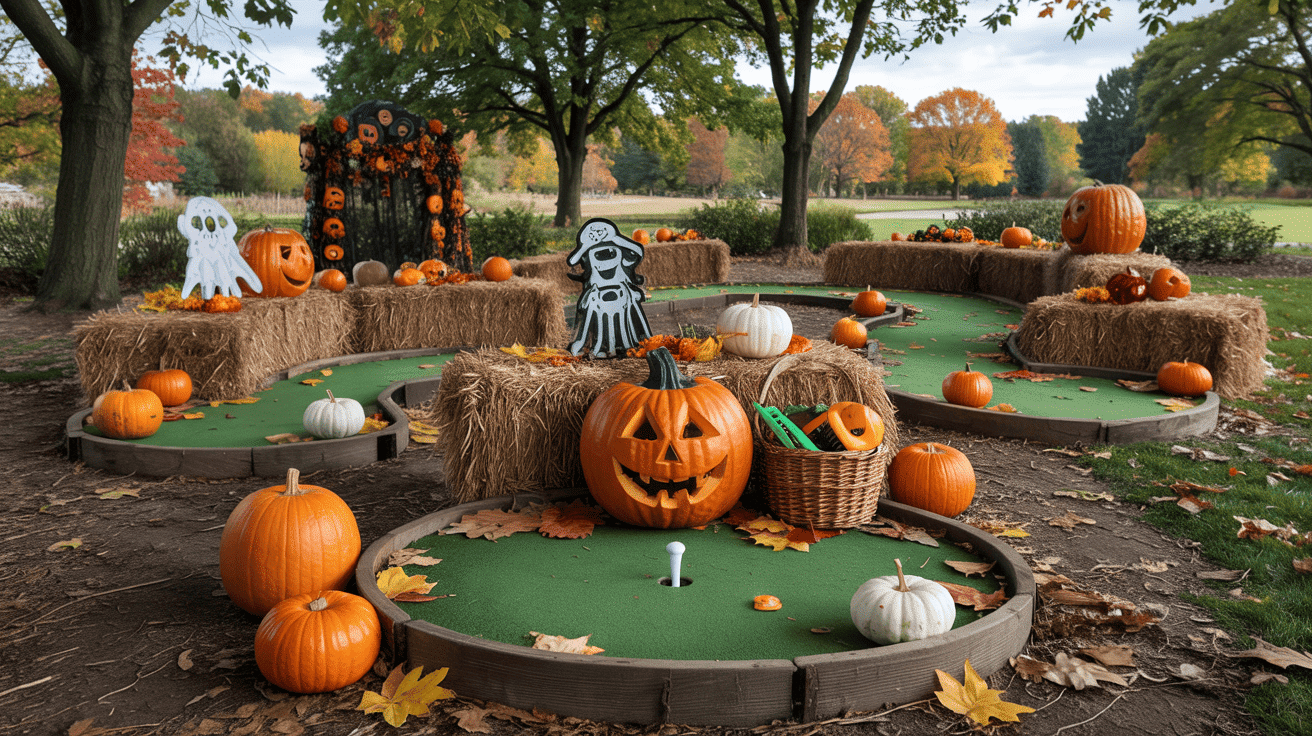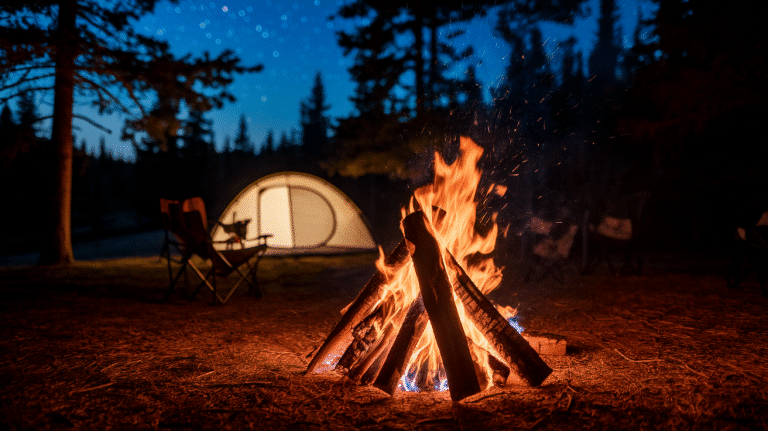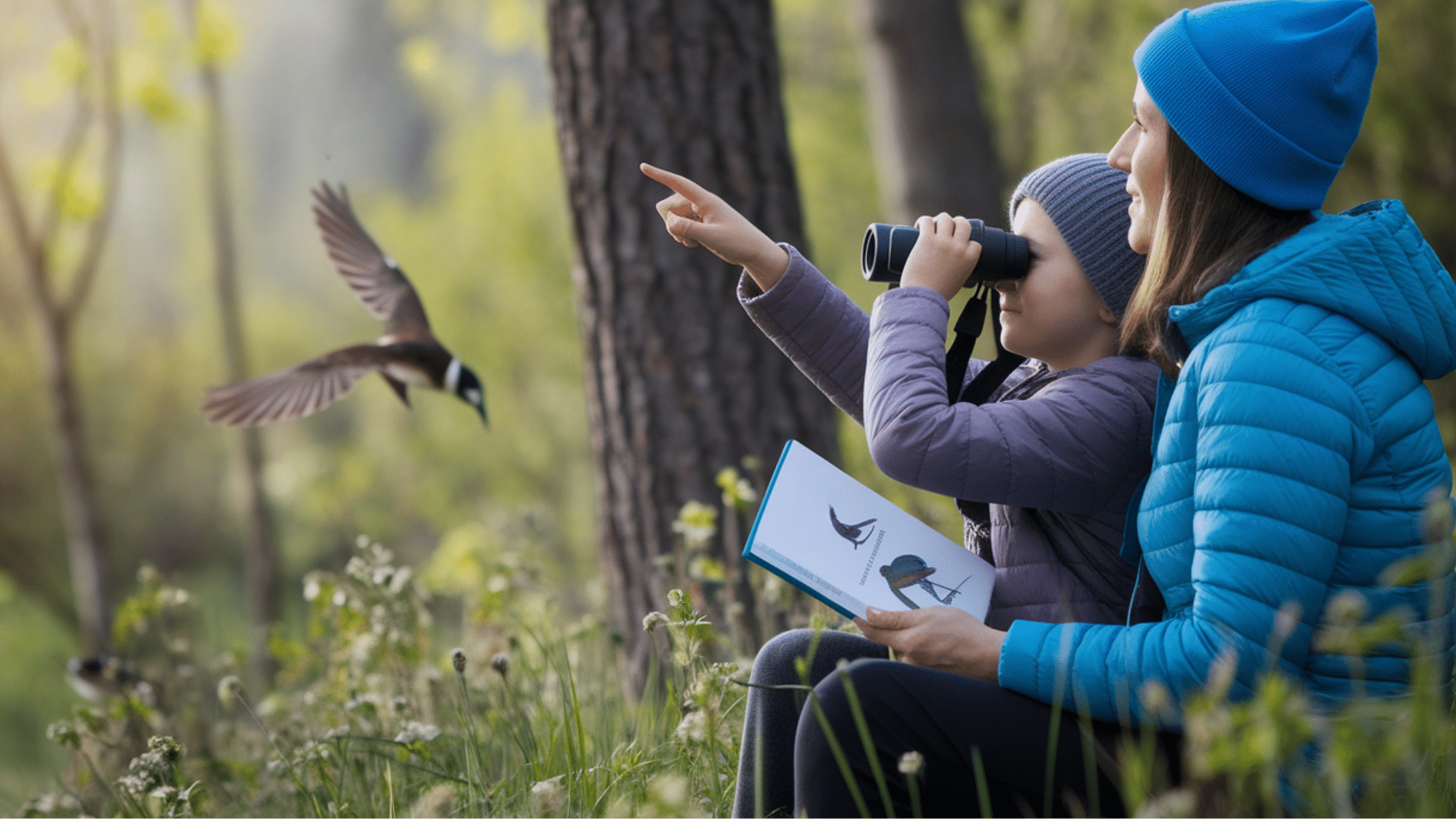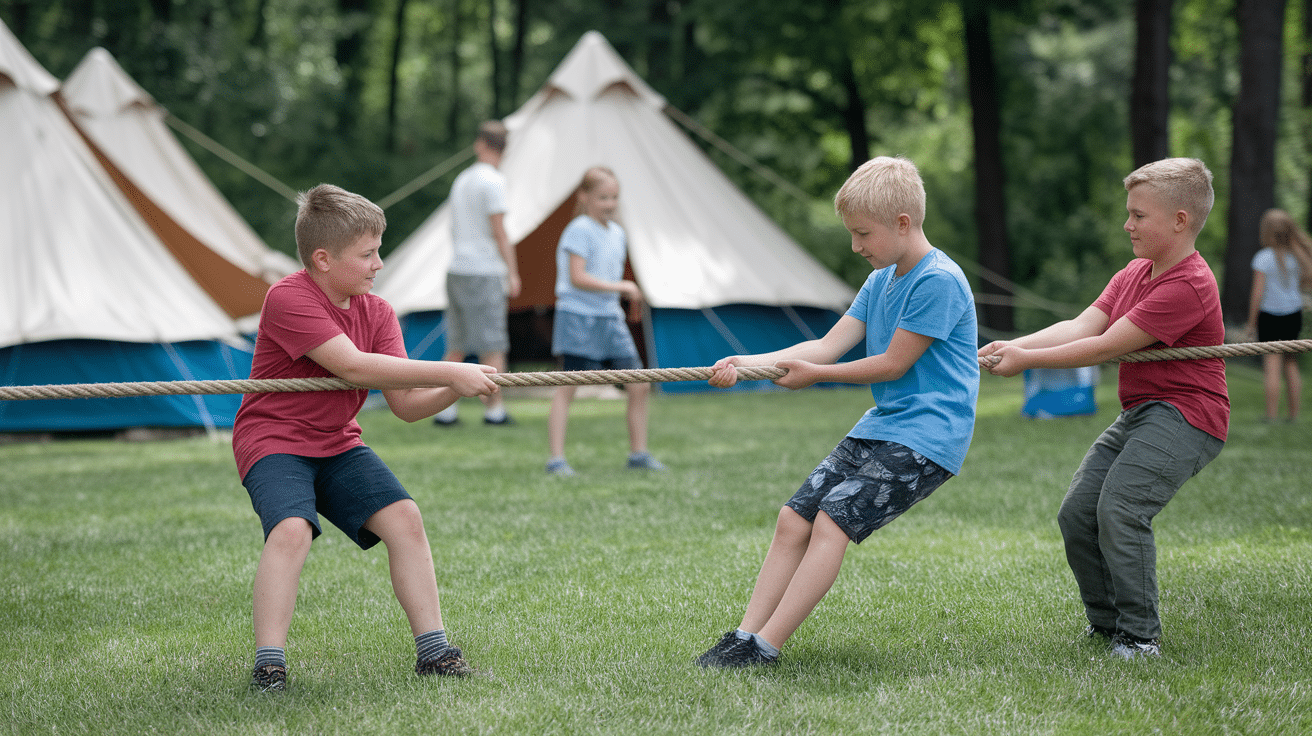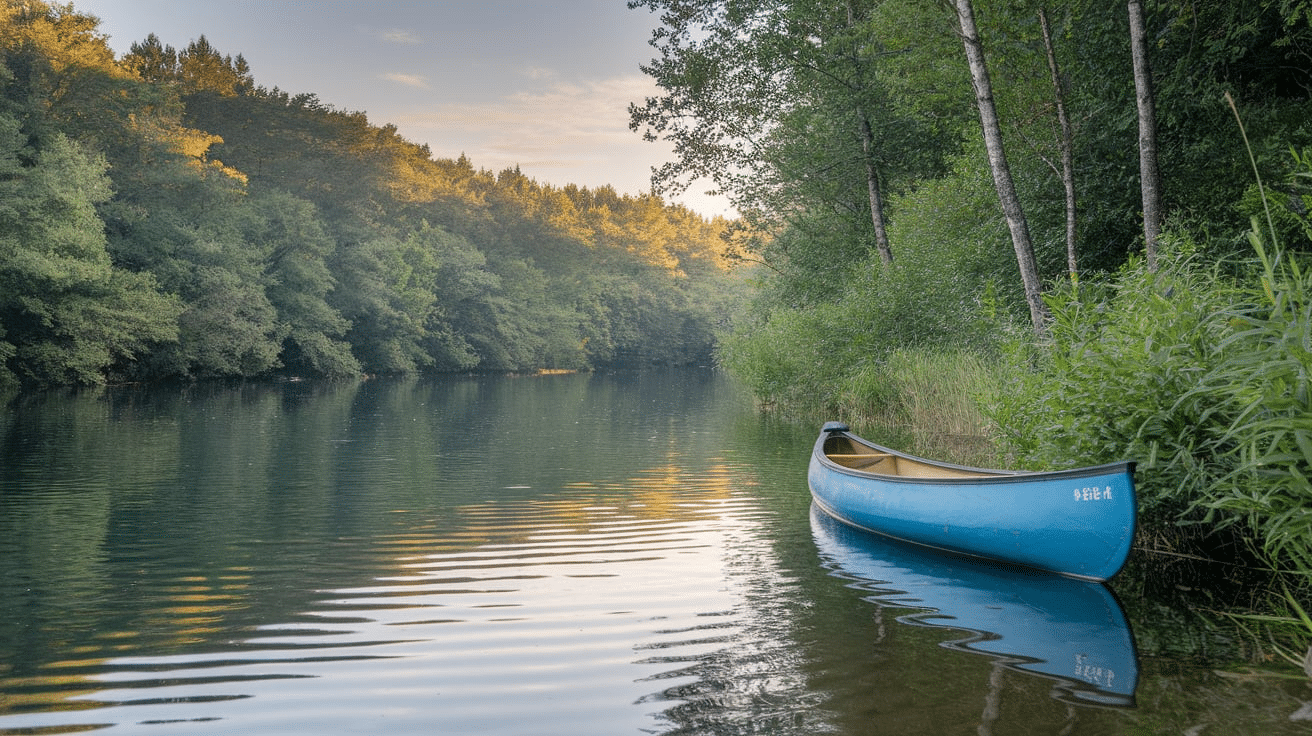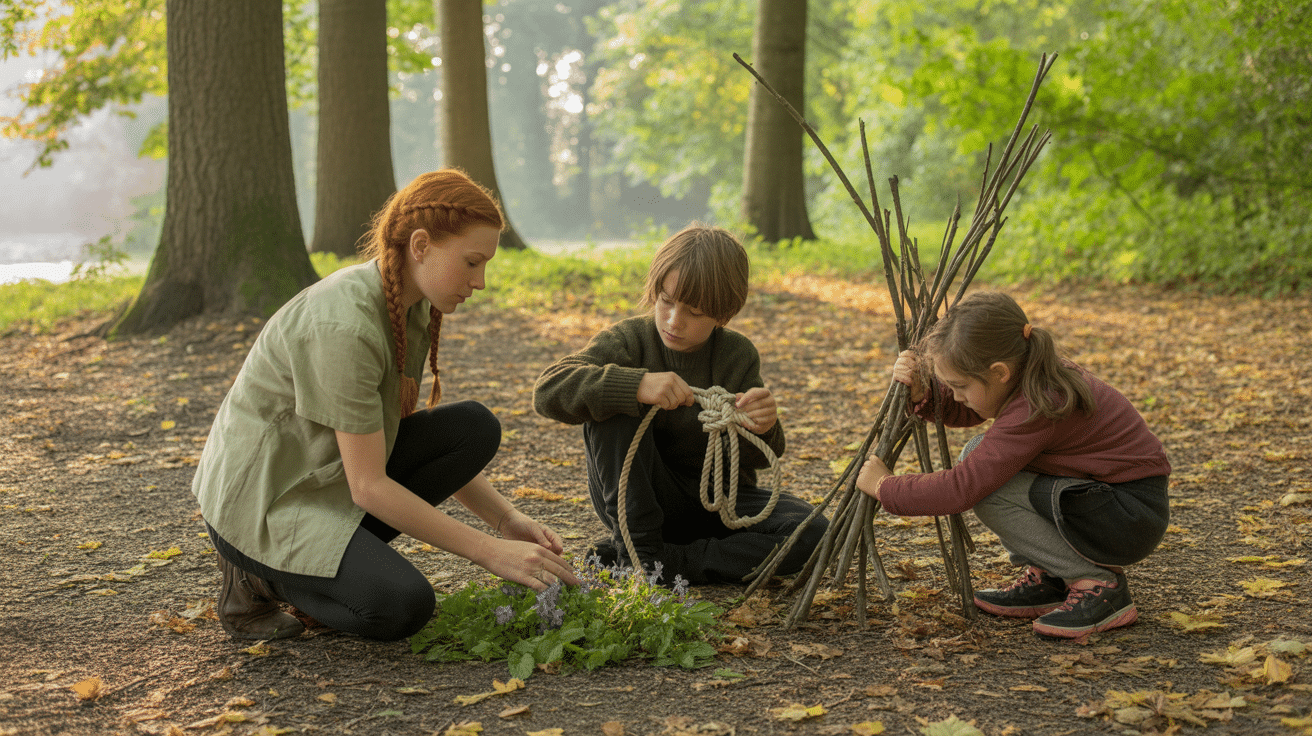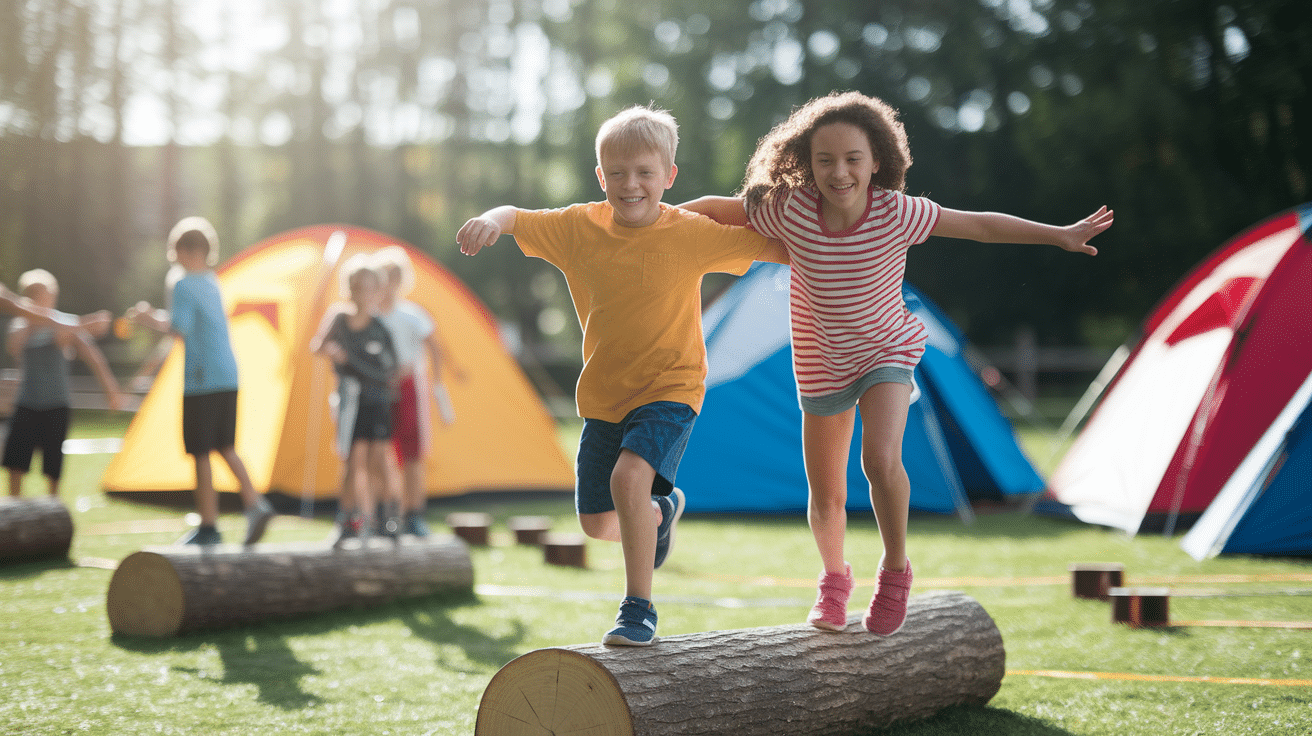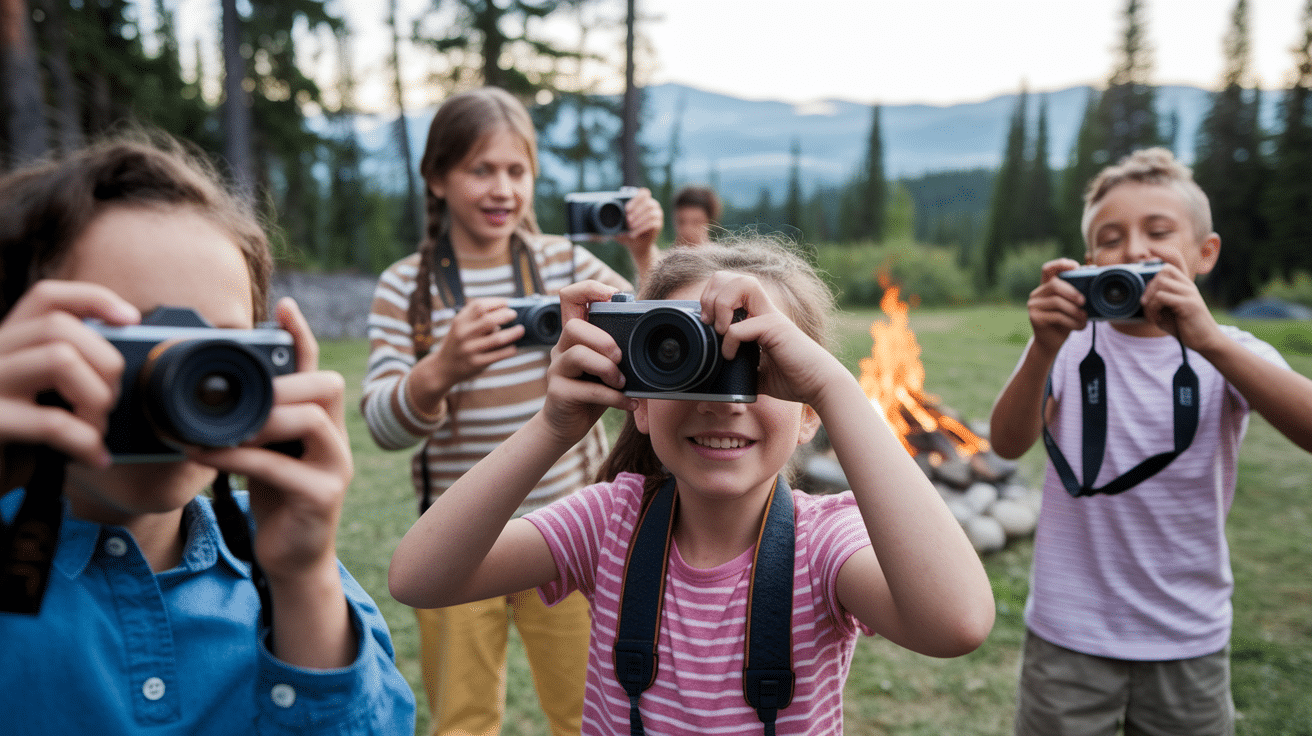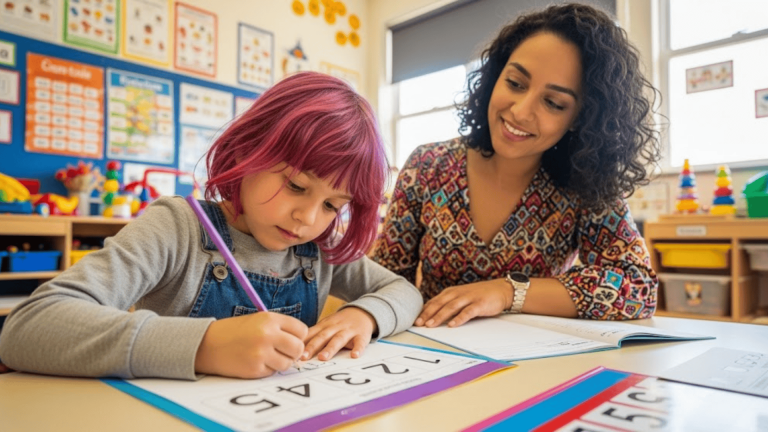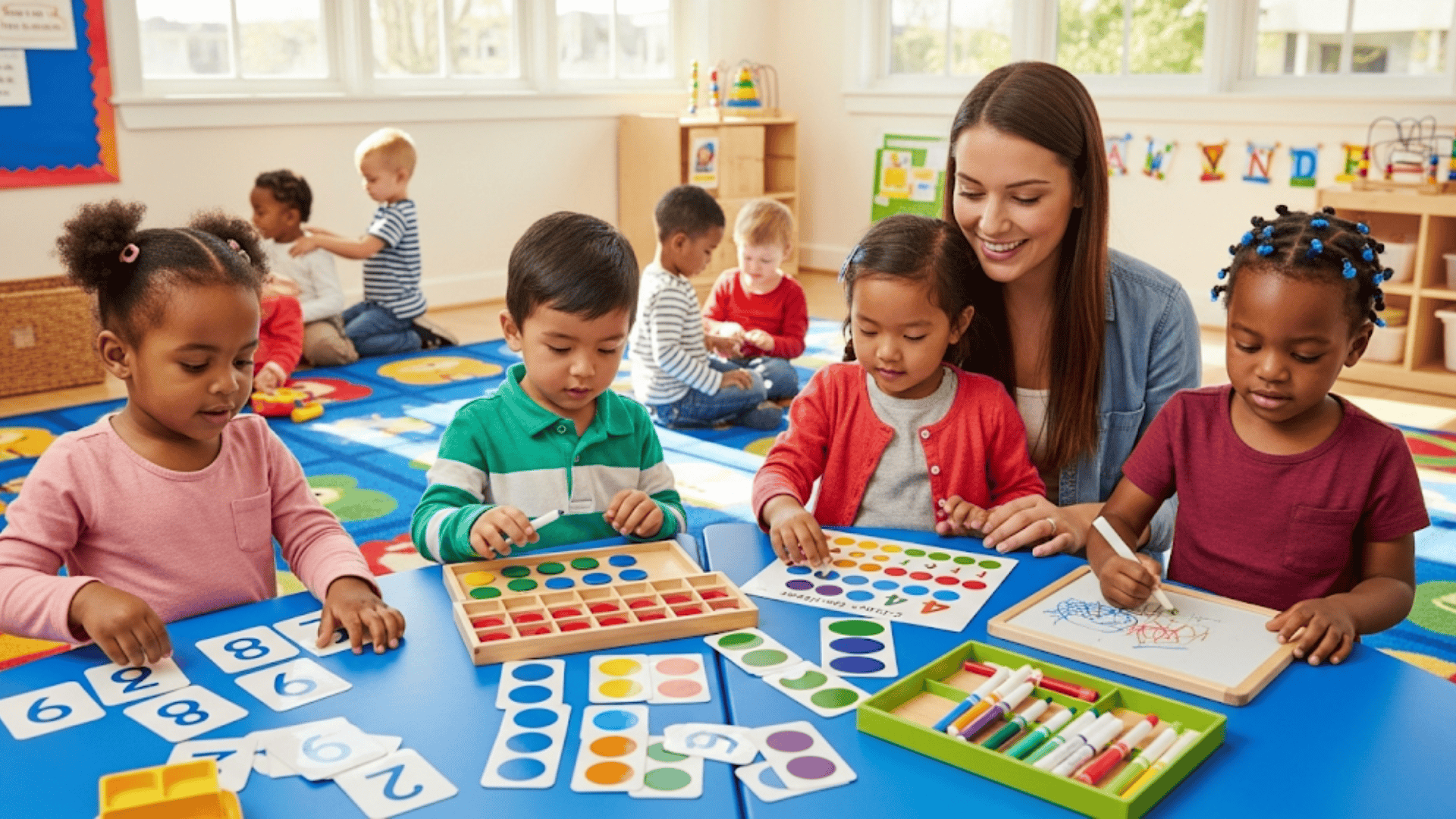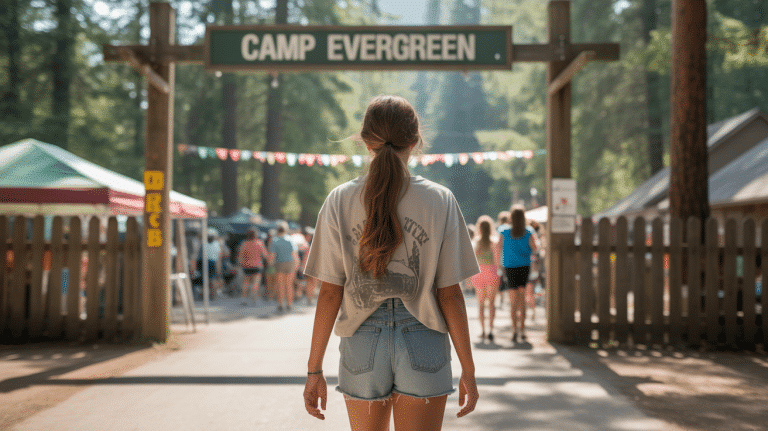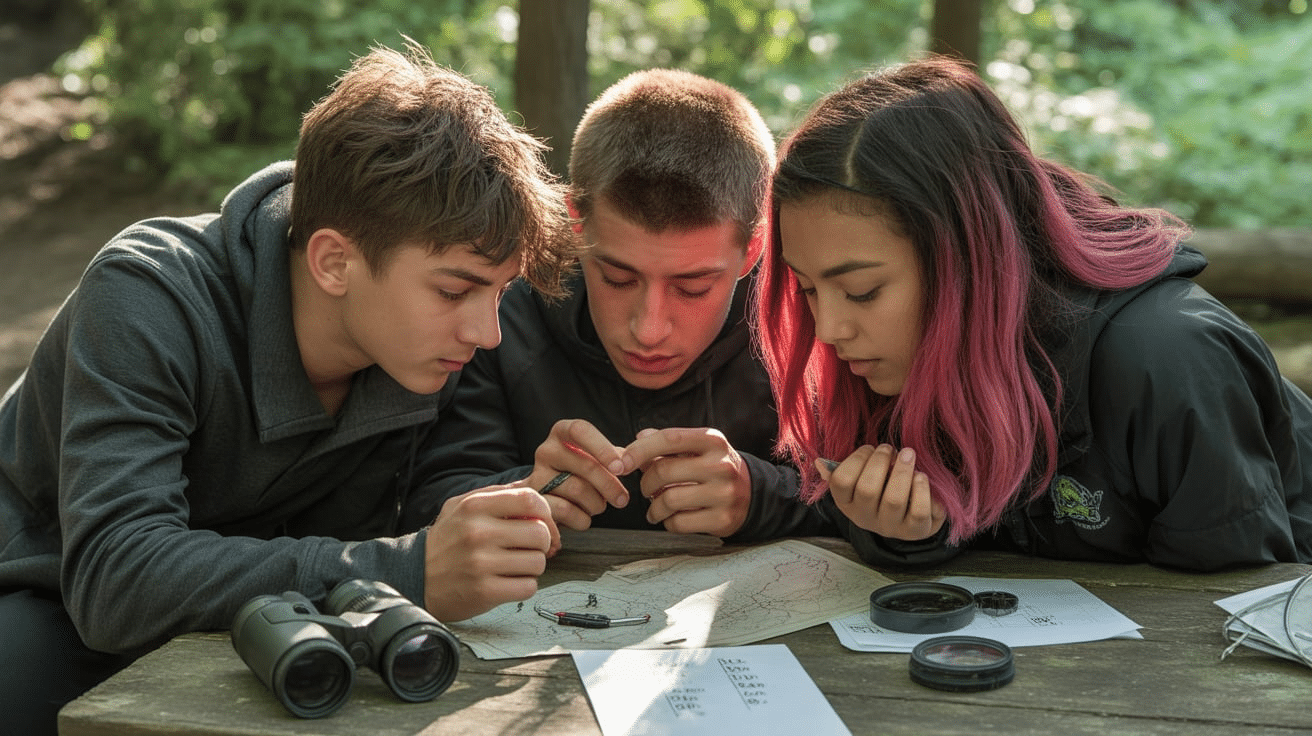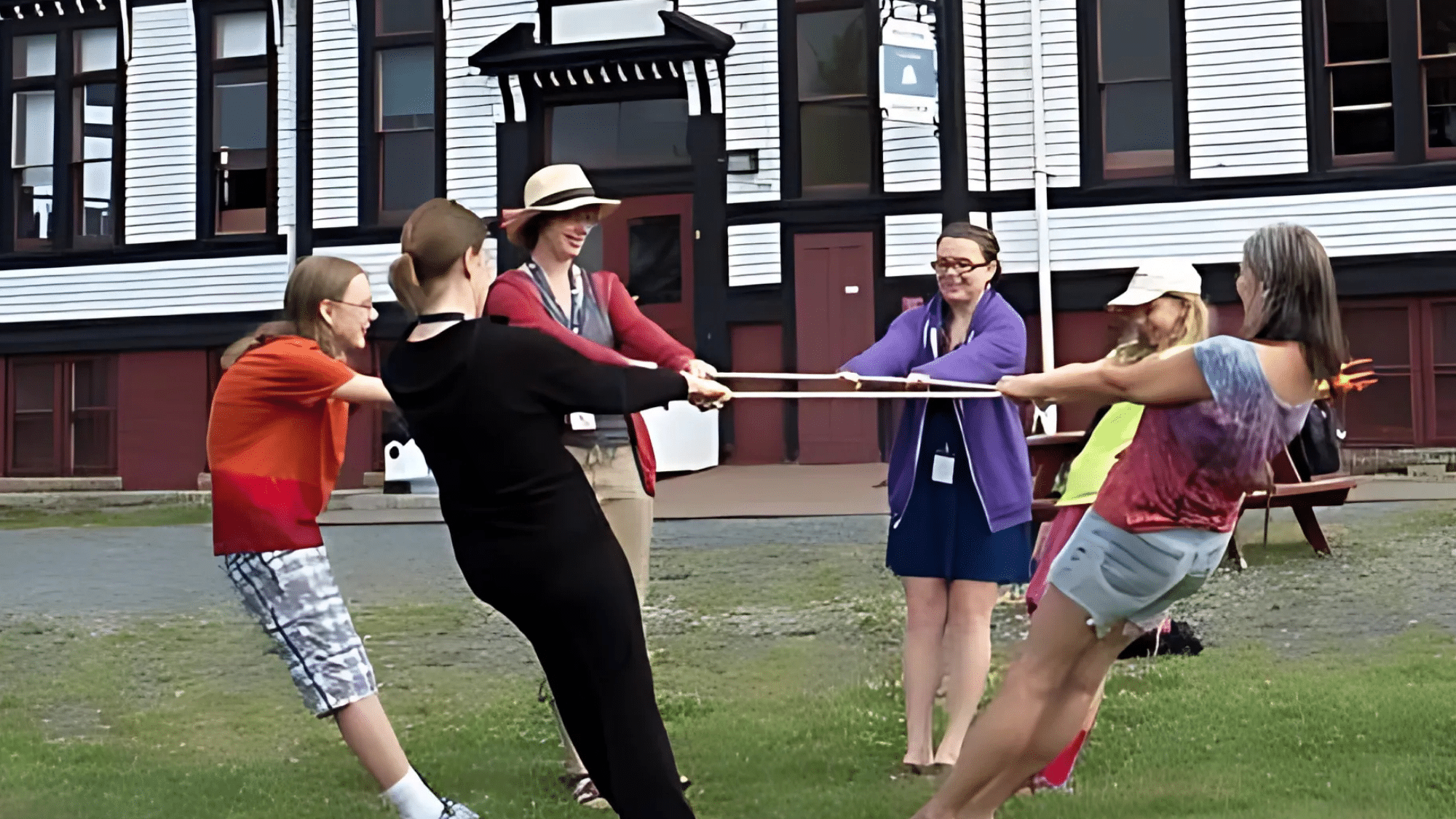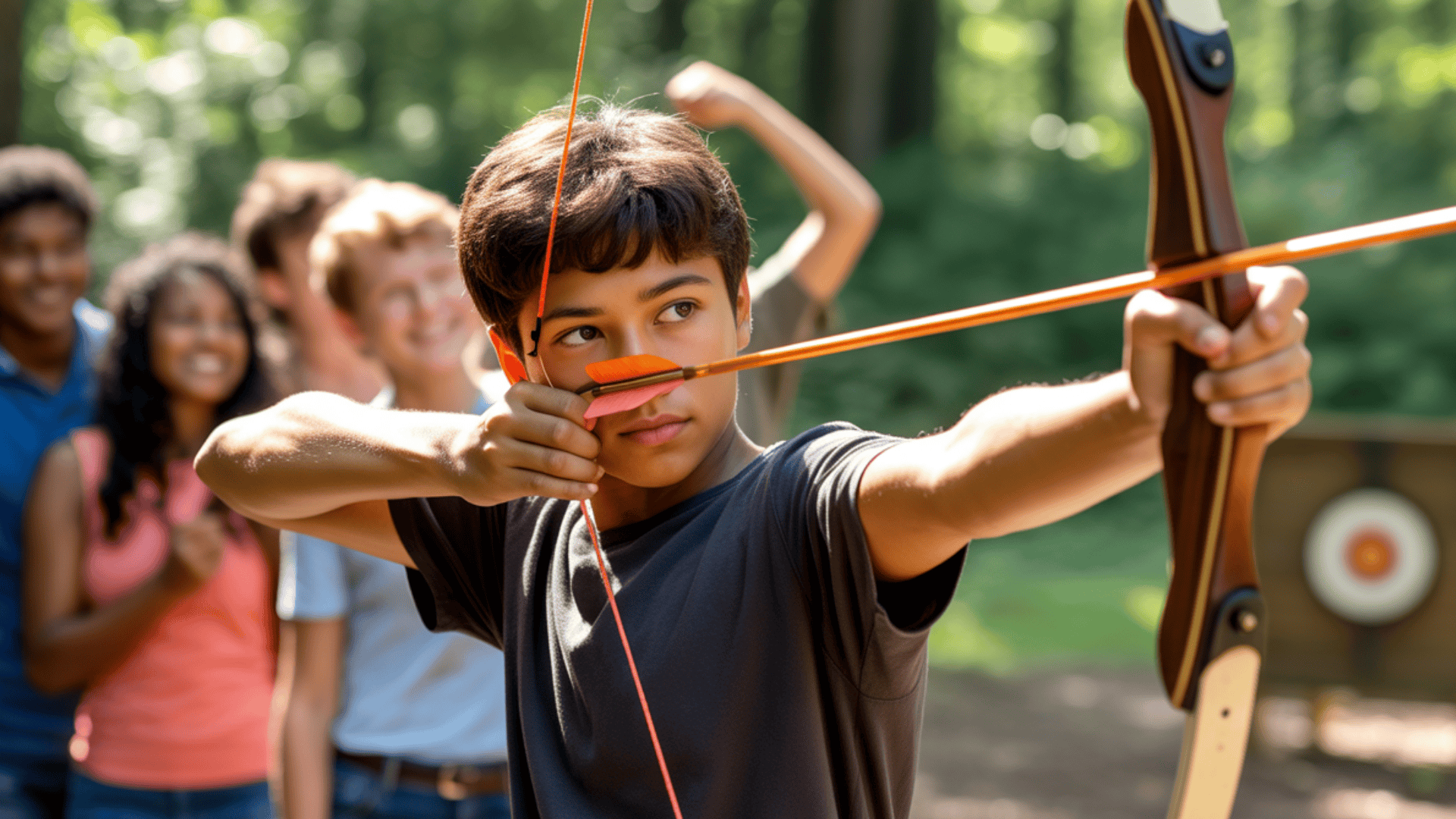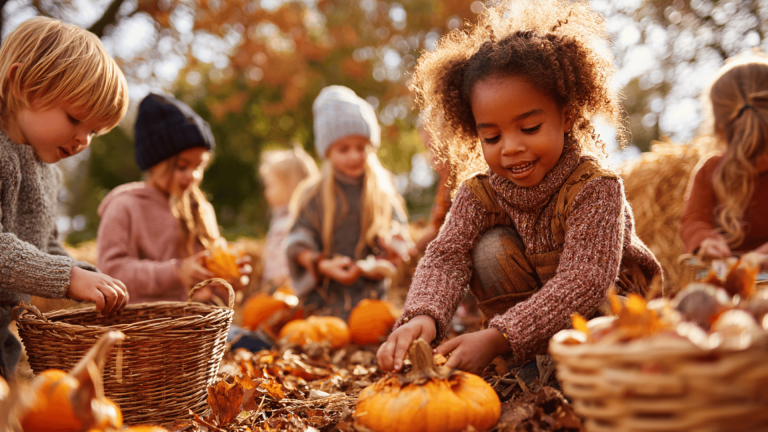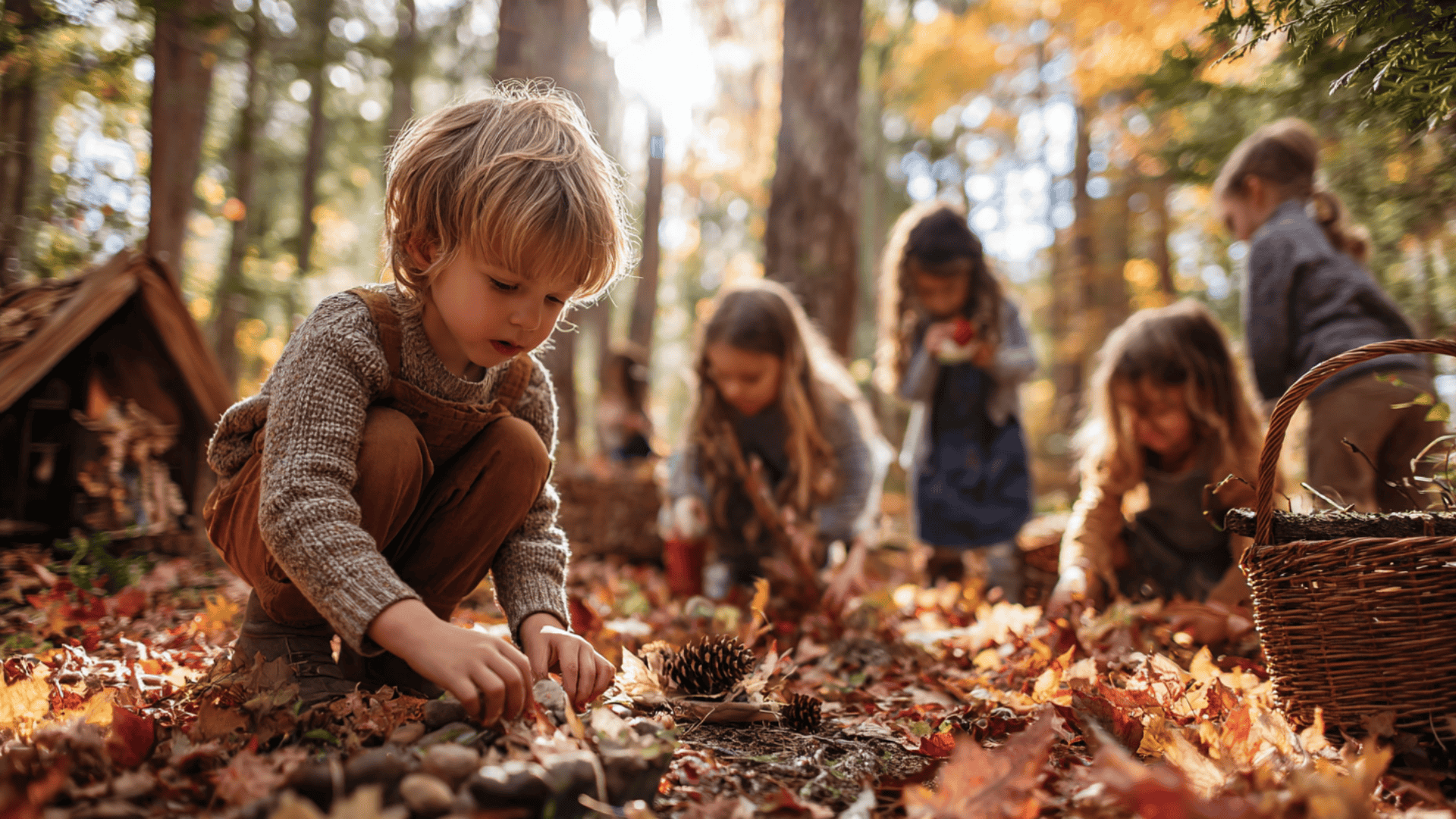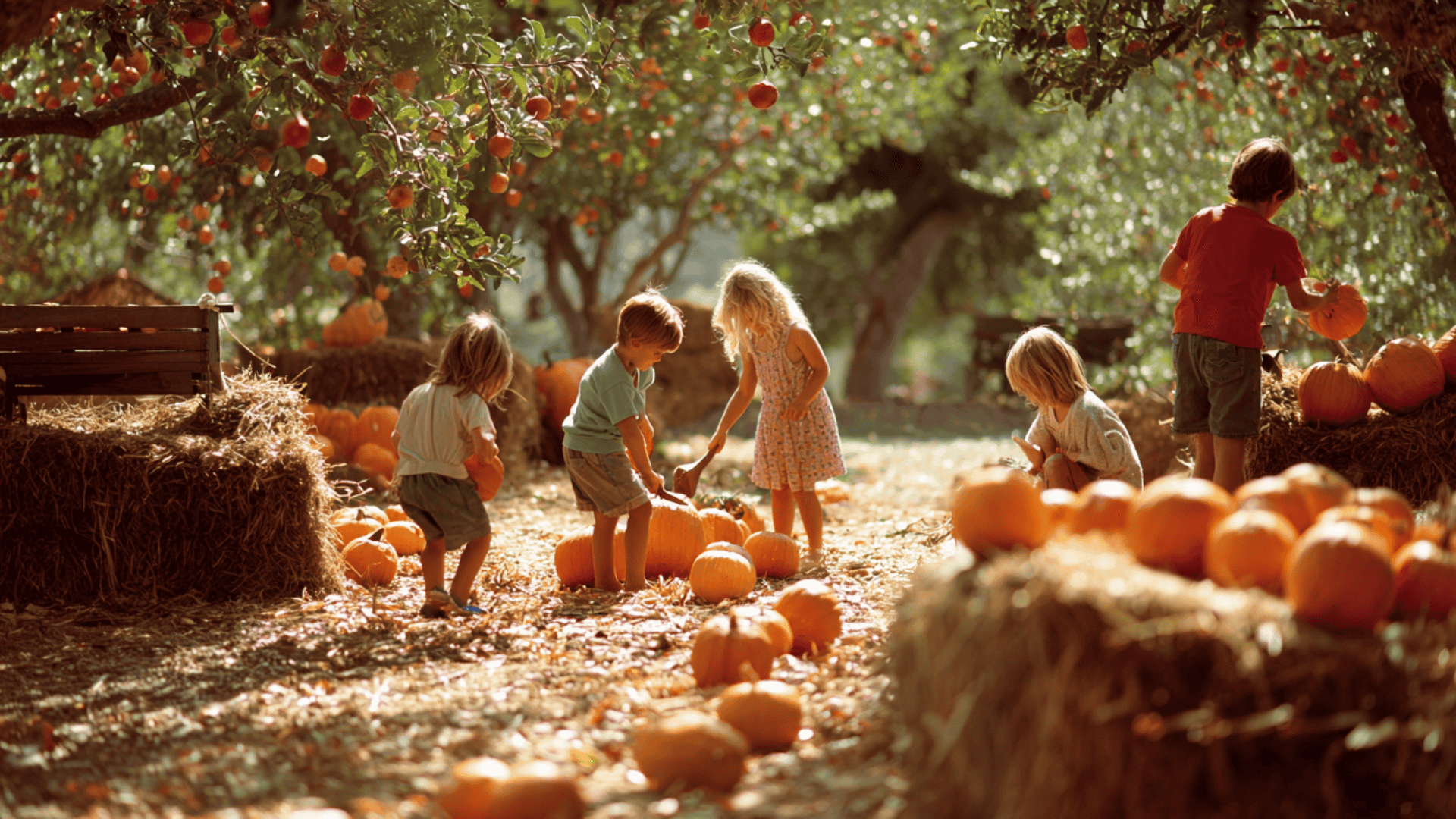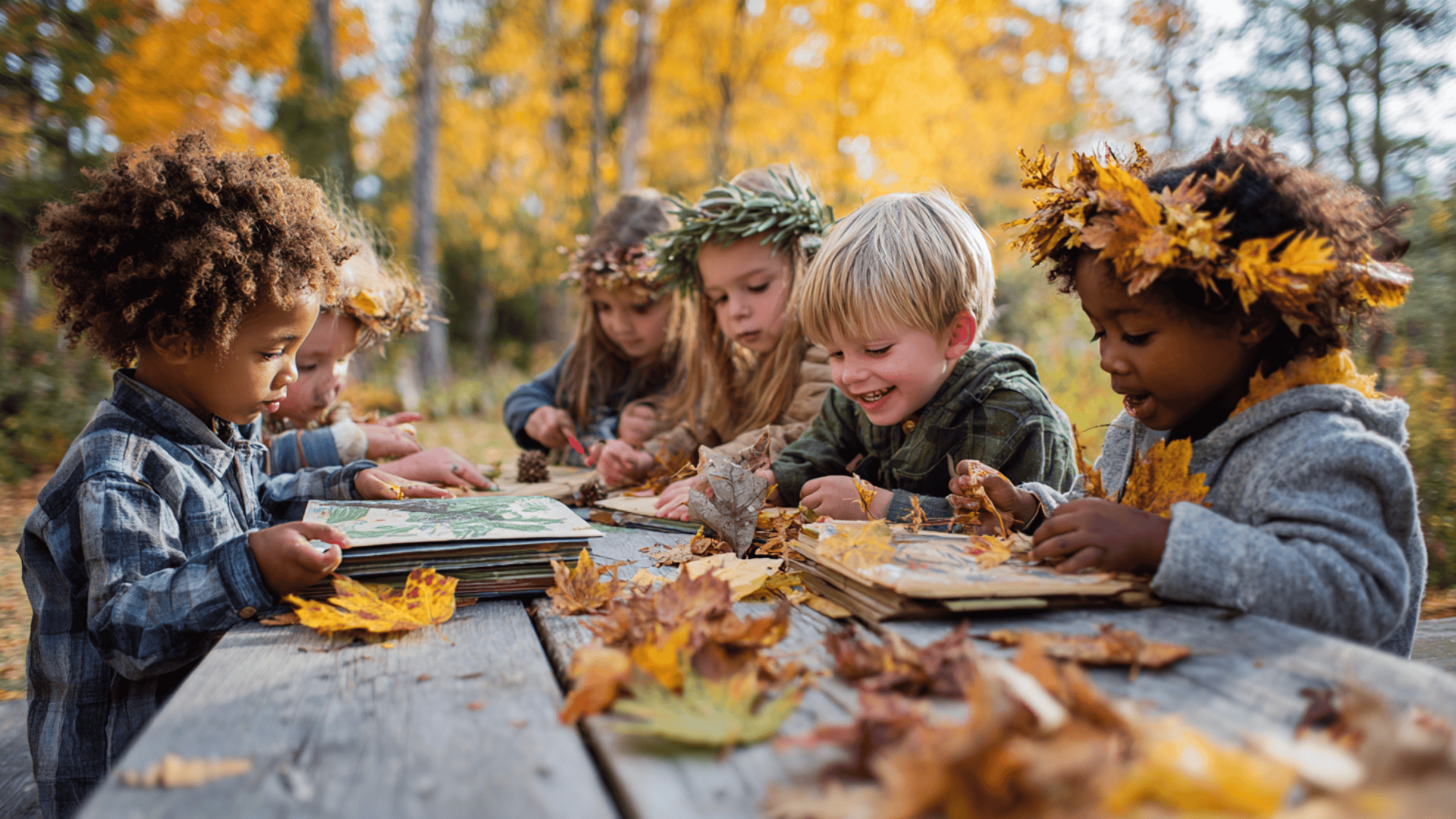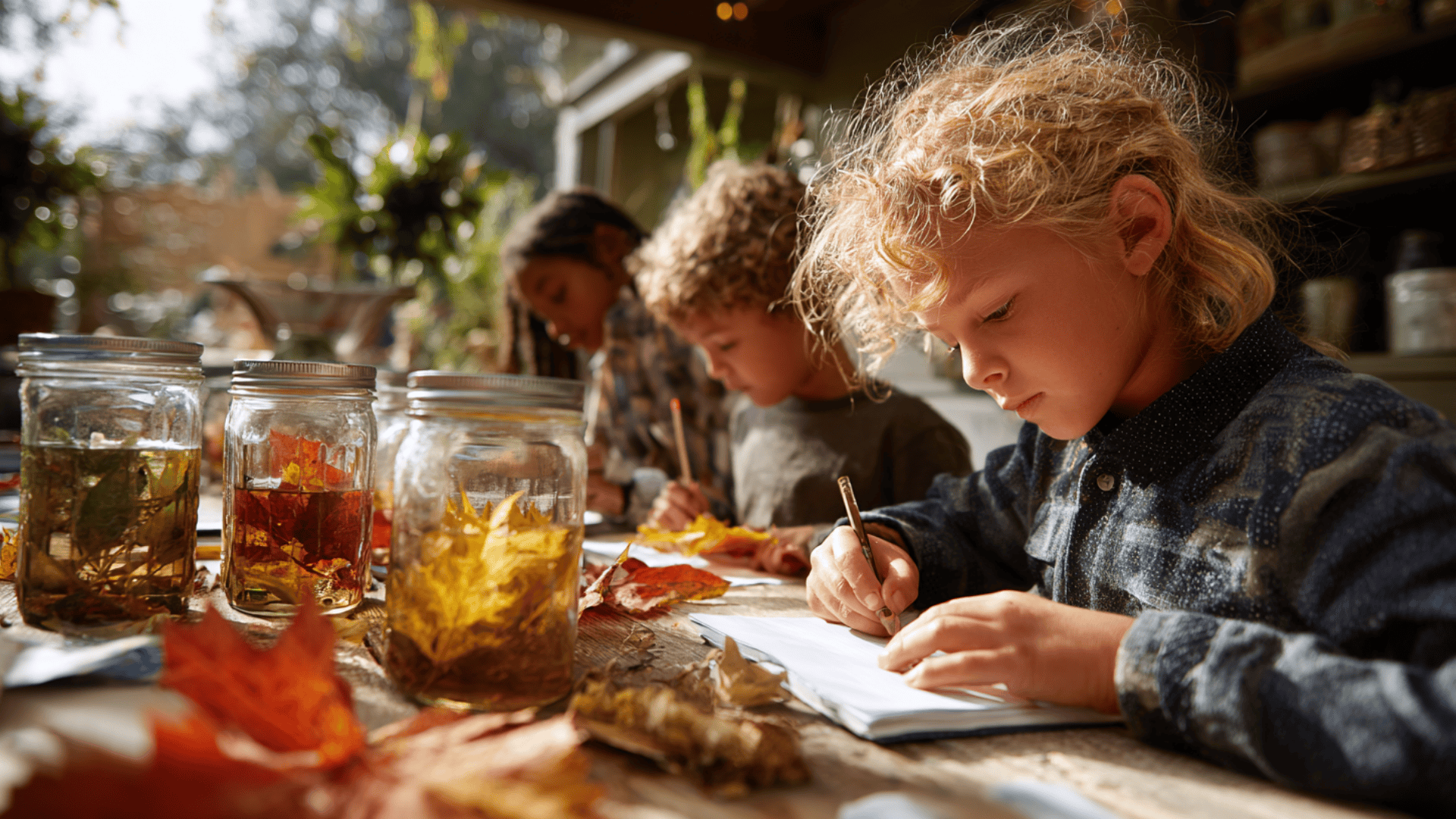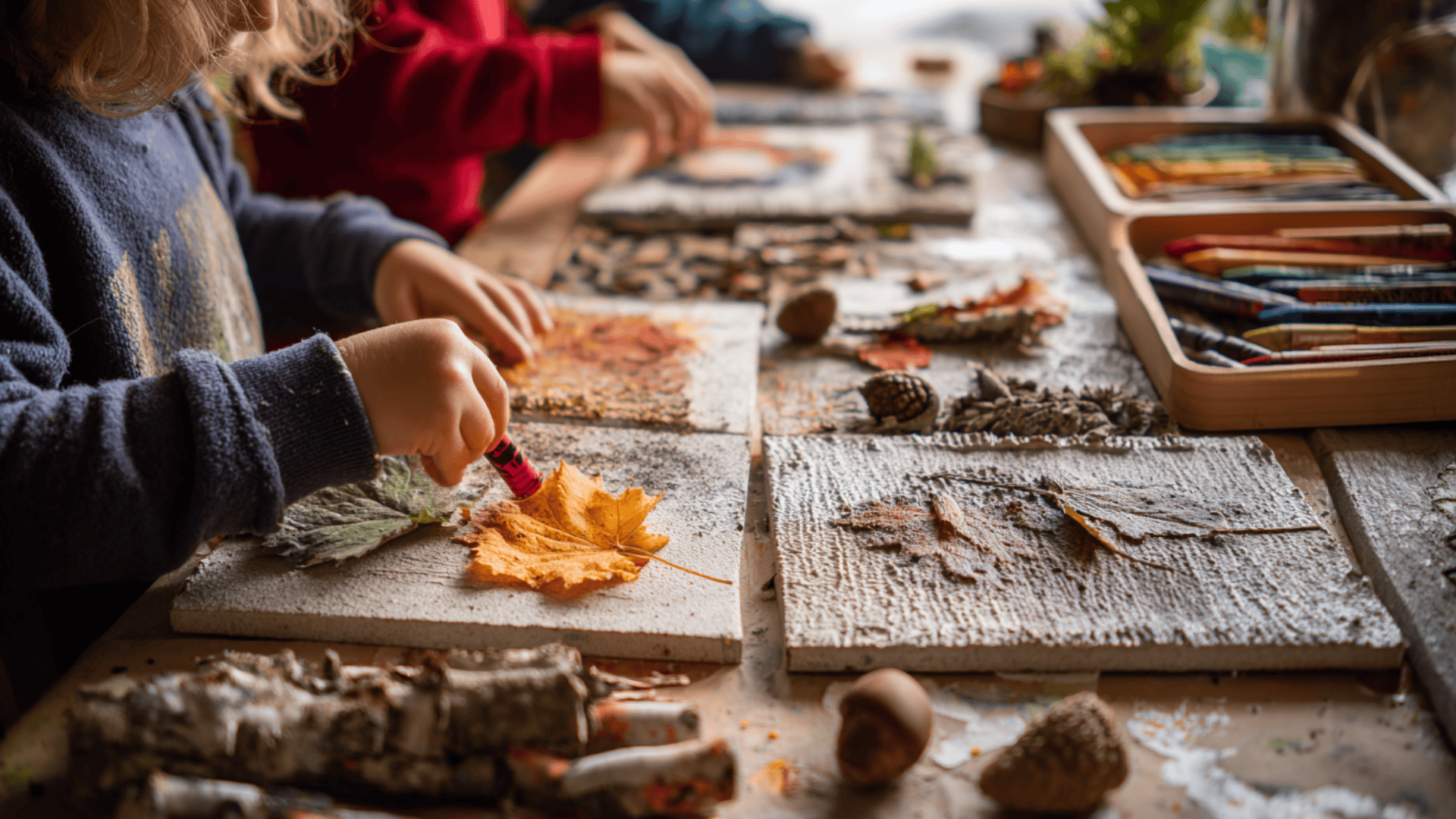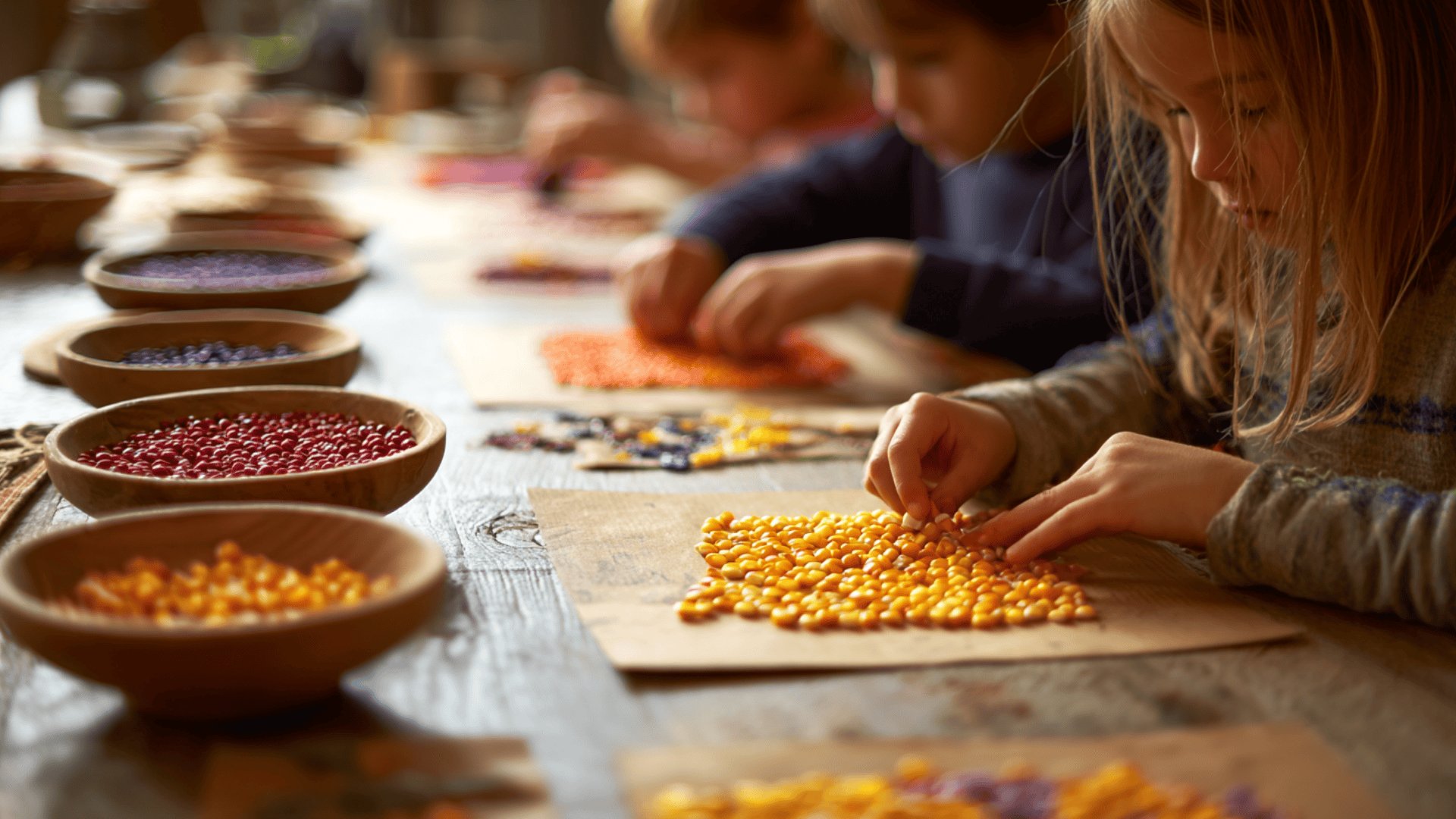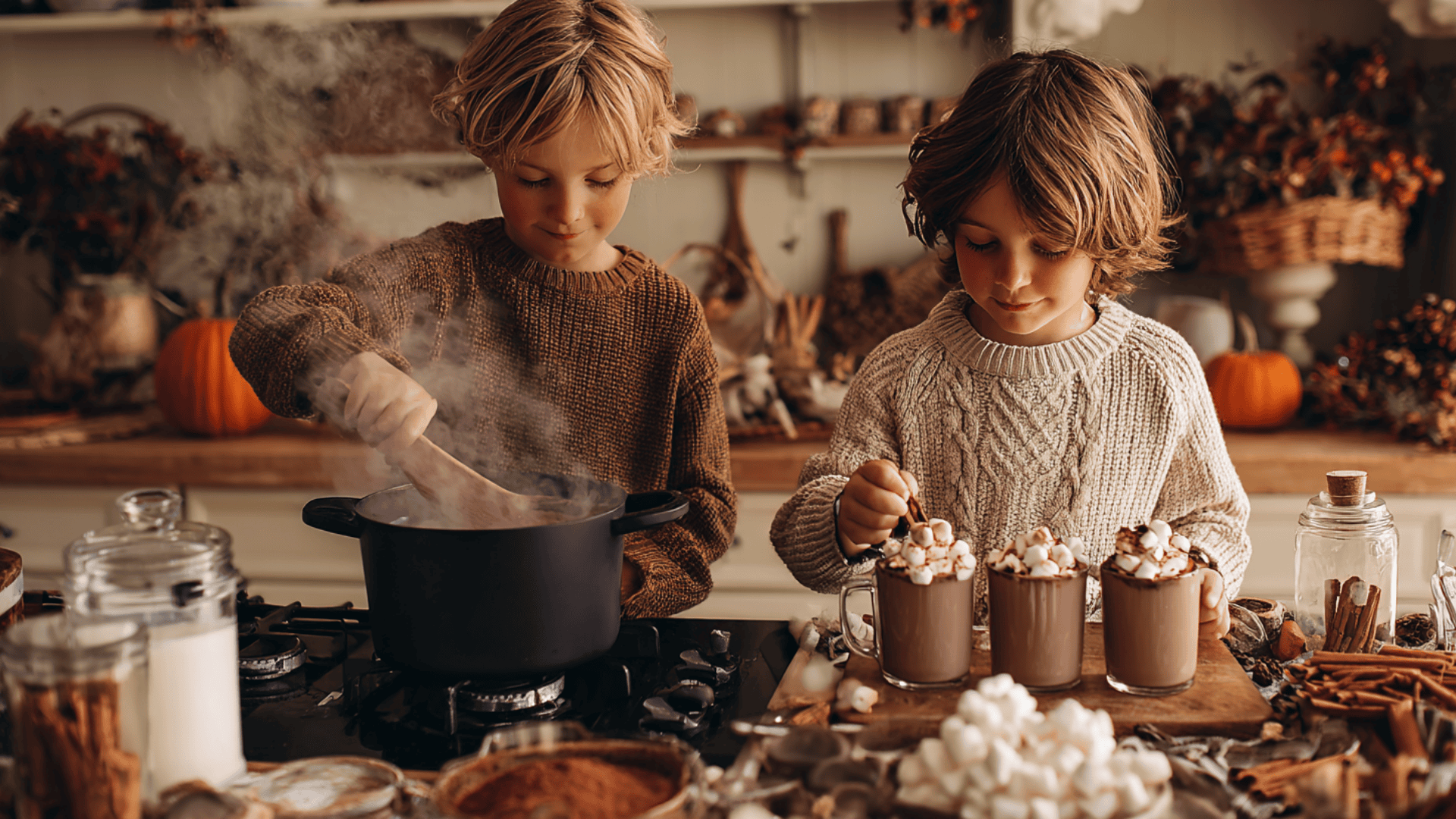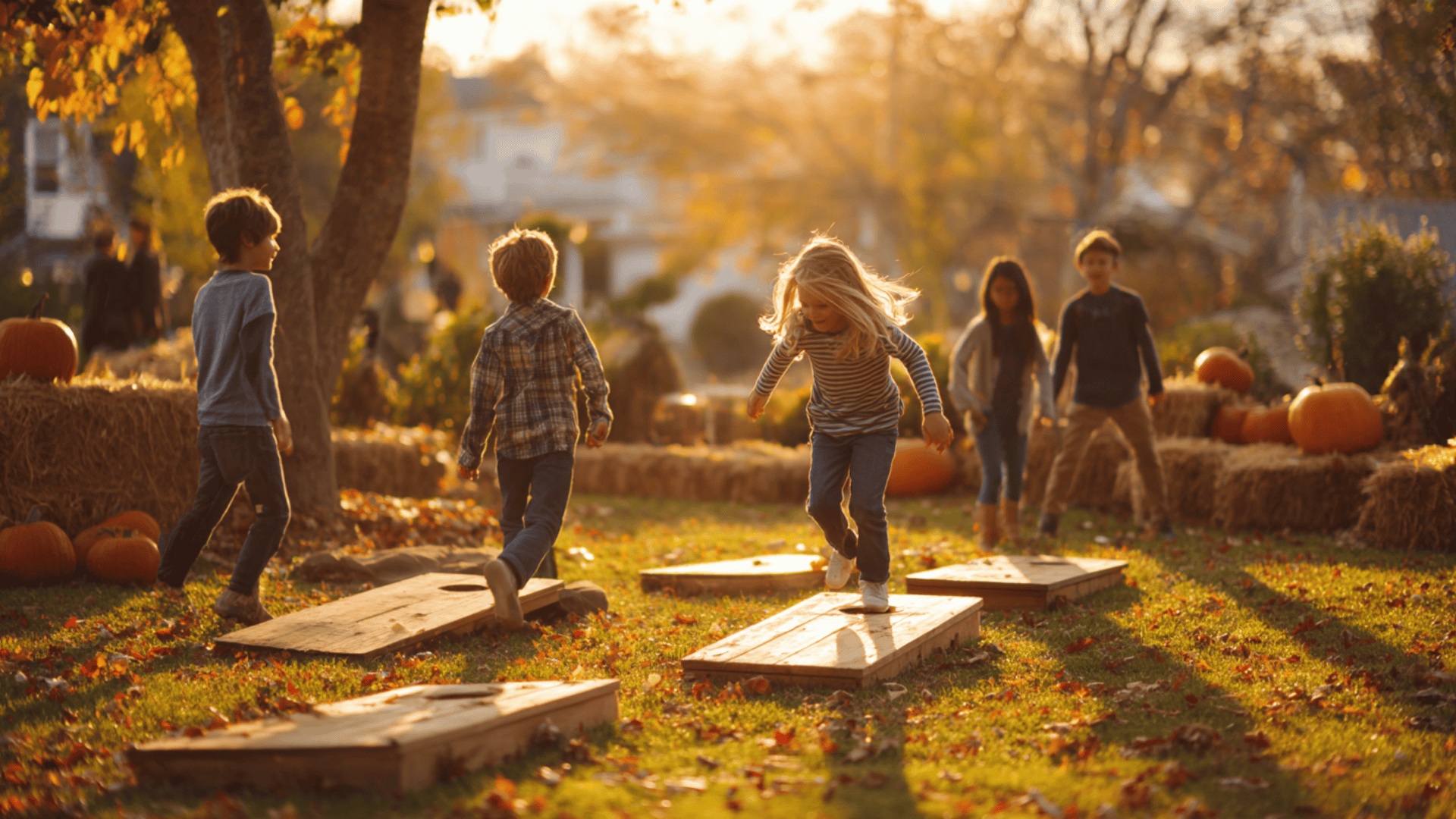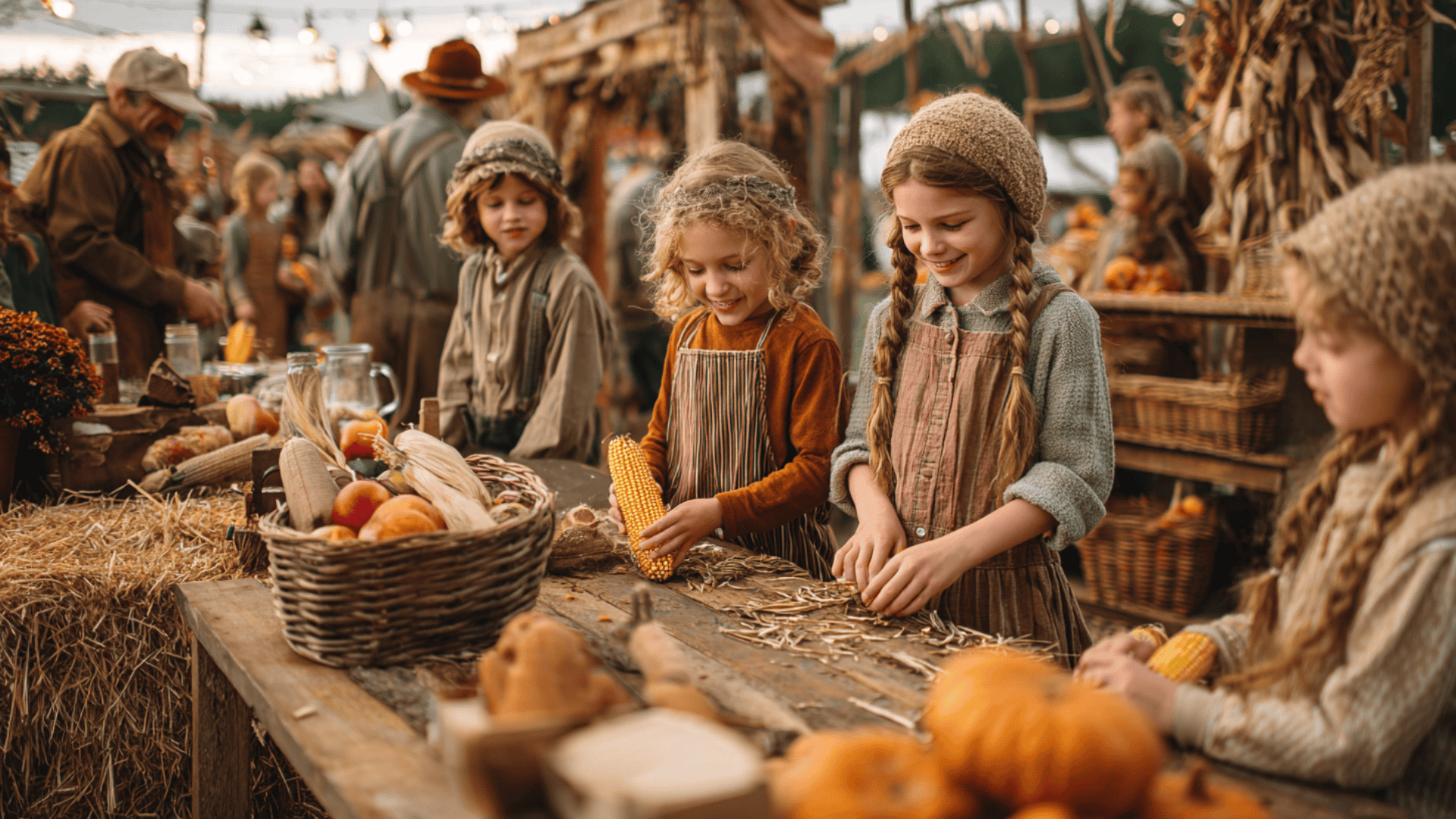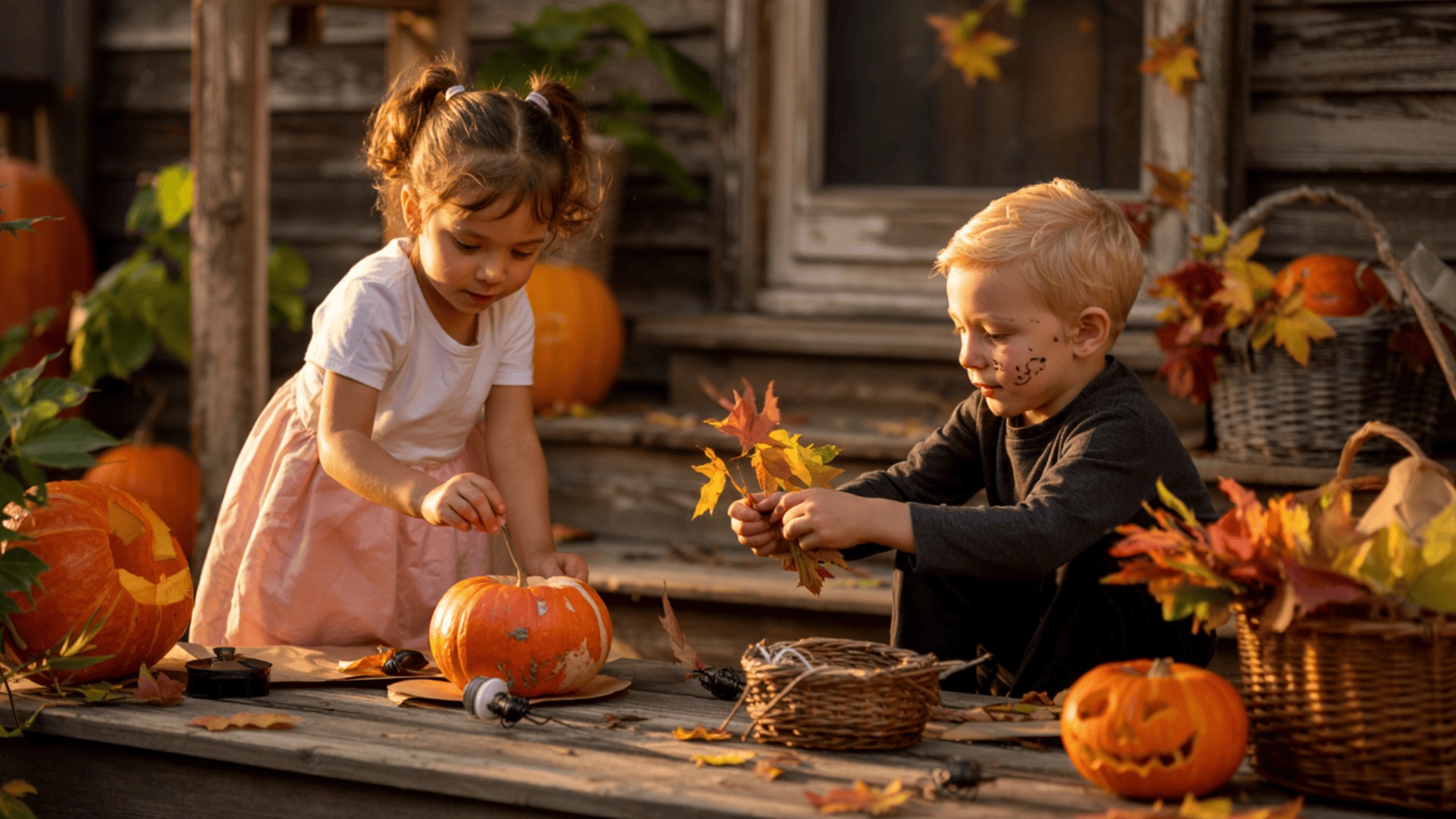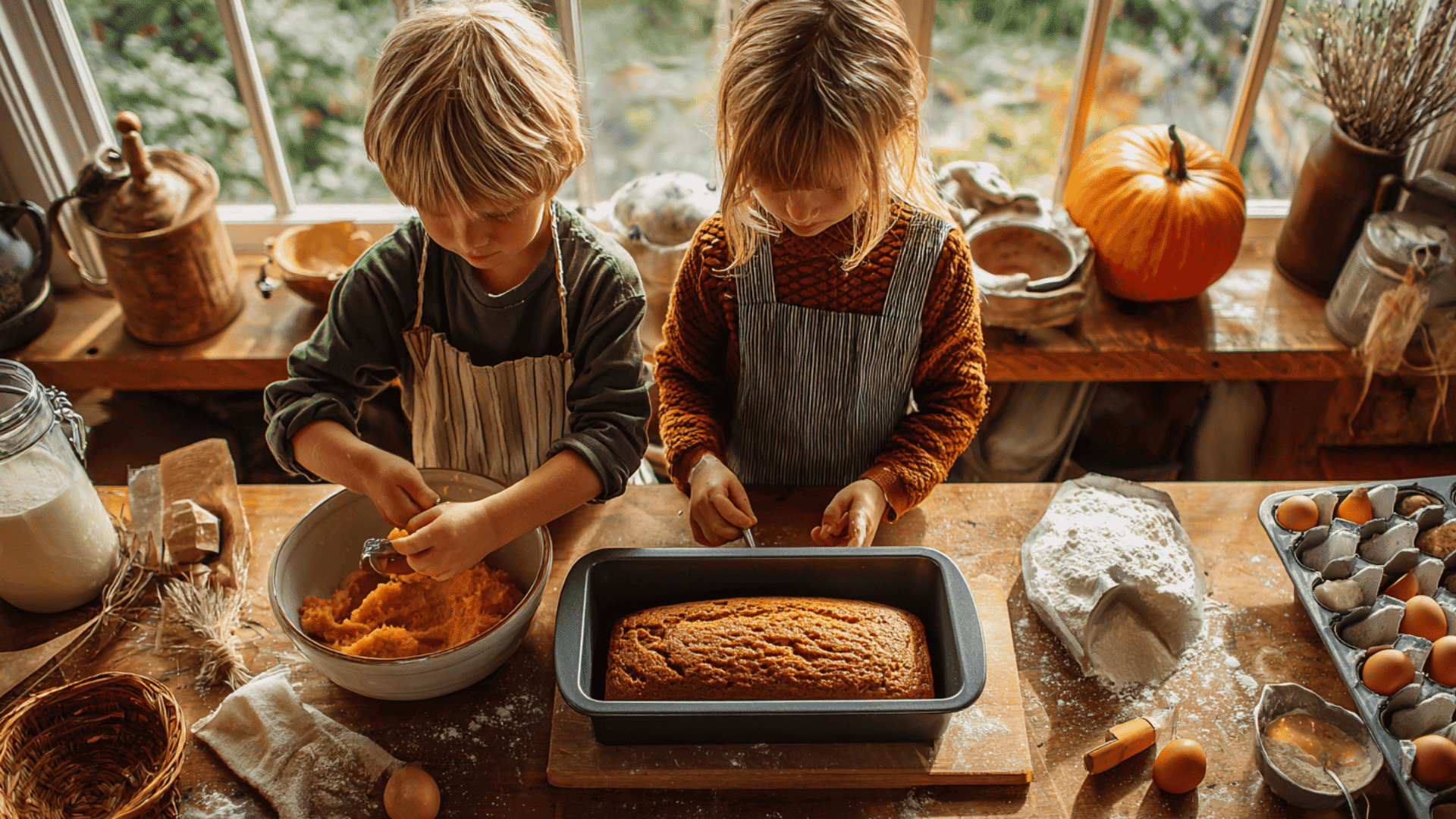Fall is the perfect time to enjoy the season’s beauty and create lasting memories. Fall activities bring people together through cozy traditions, outdoor fun, and seasonal treats that make autumn special.
From picking apples at local orchards to sipping warm cider by a bonfire, there’s something for everyone to enjoy.
These seasonal experiences help you connect with nature, spend quality time with loved ones, and celebrate everything that makes this time of year wonderful.
Get ready to make the most of autumn with activities that capture the magic of changing leaves and crisp, cool air.
Why Fall Activities Are the Perfect Way to Celebrate Autumn?
Fall activities are seasonal experiences, outdoor fun, and cozy indoor activities that capture the magic of autumn. They’re enjoyable for so many reasons.
These activities help you connect with nature as leaves change color and the air turns crisp. They create perfect opportunities to bond with friends and family over pumpkin picking, hayrides, or warm bonfires.
If you prefer time alone, fall offers wonderful solo experiences for self-care and reflection, like peaceful forest walks or reading by a window.
Plus, autumn brings amazing seasonal treats like apple cider, pumpkin spice lattes, and homemade pies. Fall activities celebrate everything special about this beautiful season while making memories that last all year.
Solo Fall Activities: Things to Do by Yourself
Taking time for yourself during the fall can be peaceful and refreshing. The season’s crisp air, colorful trees, and cozy feelings make it perfect for quiet moments alone.
1. Leaf-Peeping Hike

Head to a local park or forest trail and take a slow walk to admire the colorful leaves around you. The reds, oranges, and yellows paint the landscape in a way that feels calm and comforting.
You can pause to take photos or simply breathe in the fresh air. It’s a wonderful way to relax, stay active, and enjoy fall’s natural beauty at your own pace.
Tip: Bring a thermos of hot cider to sip along the way.
2. Autumn Park Stroll
Take a quiet stroll through your favorite park and notice how the trees have changed color. The sound of crunching leaves underfoot and the chill in the air make it a perfect time to clear your mind.
You might stop at a bench, watch birds, or even sketch what you see. This simple walk can help you recharge and enjoy being in the moment.
Tip: Try photographing the scenery for a solo memory album.
3. Autumn Reading Retreat
Set aside a quiet afternoon to curl up with a good book that fits the cozy fall mood. Choose stories about friendship, nature, or the changing seasons to match the atmosphere.
Find a comfy spot by a window or in your favorite chair, and let the calm of reading take over. The rustle of leaves outside and the warmth indoors make it the perfect peaceful escape.
Tip: Pair it with a warm drink and a soft blanket.
4. Scenic Drive Through the Countryside
A drive through the countryside during the fall is one of the easiest ways to enjoy the season’s beauty. The open roads lined with colorful trees and falling leaves make every turn picture-perfect.
You can stop at small farm stands, grab a coffee, or take photos of the changing landscape. It’s a peaceful way to enjoy the season without rushing anywhere.
Tip: Play your favorite fall playlist to set the mood.
5. Visit a Pumpkin Patch Alone
Visiting a pumpkin patch by yourself can be surprisingly fun and relaxing. You can wander around, pick your perfect pumpkin, and enjoy the quiet charm of the farm.
There’s no hurry, so you can take your time exploring, snapping photos, or sampling a fall snack like warm donuts or cider. It’s a cozy solo outing that adds a touch of seasonal joy to your day.
Tip: Choose a pumpkin you can carve or paint for later creative fun.
6. Bike Ride on Leaf-Covered Trails
Take your bike out for a refreshing solo ride through fall-colored trails. The air feels cool, the trees create a tunnel of red and gold, and the crunch of leaves under your tires adds a soothing rhythm.
It’s a great way to stay active and enjoy the season’s calm beauty. Riding alone lets you go at your own pace and soak in the peaceful scenery.
Tip: Wear gloves and a scarf to keep cozy during cooler rides.
7. Birdwatching in Autumn
Autumn is one of the best times to watch birds, as many species migrate to warmer places. Head to a local park or nature reserve and bring a pair of binoculars.
You’ll likely spot geese flying in formation or small birds hopping between colorful branches. It’s a quiet, thoughtful activity that helps you slow down and notice nature’s little details.
Tip: Bring a notebook to track the species you see as a mini solo project.
8. Fall Journaling Session
Spend some quiet time writing about your thoughts, memories, or goals for the season. Fall’s peaceful mood makes it easier to reflect and feel grateful for small things.
You can write about the sound of rustling leaves, your favorite cozy foods, or moments that make you happy. Journaling helps you connect with yourself and find calm at the end of the day.
Tip: Light a scented candle to create a cozy atmosphere.
9. Seasonal Baking
Spend an afternoon baking fall treats like pumpkin bread, apple pie, or cinnamon cookies. The smell alone can fill your home with warmth and comfort.
Baking solo gives you time to relax, experiment with flavors, and enjoy the process from start to finish. You can wrap up a few pieces to share or keep them as a personal reward after a long week.
Tip: Bake small batches to enjoy as a solo treat.
10. DIY Autumn Décor
Bring the colors of fall into your home by creating your own seasonal décor. Use fallen leaves, pinecones, twigs, or mini pumpkins to make a wreath or table centerpiece.
It’s a creative way to spend an afternoon while adding a personal touch to your space. Crafting with natural materials helps you feel connected to the season and proud of your handmade designs.
Tip: Use online tutorials for creative inspiration.
11. Solo Coffee Shop Hop
Spend a relaxing afternoon visiting a few local cafés to try their seasonal fall drinks. Order a pumpkin spice latte, a maple cappuccino, or a chai, and enjoy the cozy scents of cinnamon and coffee.
Sitting alone gives you a chance to unwind, people-watch, or simply enjoy the warmth of your drink. It’s a calm, easy way to treat yourself and feel the charm of fall in your own company.
Tip: Bring a journal or sketchpad to make the visit reflective and inspiring.
12. Photography Walk
Take your camera or phone and head out for a photography walk around your neighborhood or local park. Focus on the rich colors of fall – golden leaves, foggy mornings, and soft sunlight through trees.
Try different angles and lighting to capture the season’s calm mood. This quiet activity lets you slow down, notice beauty in small things, and build a photo story of your own.
Tip: Focus on one theme, like leaves, pumpkins, or fall fashion.
13. Craft a Fall Scrapbook
Gather your favorite fall keepsakes and turn them into a scrapbook that captures your personal memories of the season. You can include pressed leaves, ticket stubs, printed photos, or dried flowers from your walks.
Write short notes beside each piece about where it came from or what it means to you. This creative project helps you reflect, unwind, and relive simple joys from your autumn days.
Tip: Include brief notes for each day or activity to support personal reflection.
14. Visit a Local Fall Festival
Heading to a local fall festival on your own can be surprisingly rewarding. You can stroll through colorful stalls, sample hot cider, taste homemade pies, and watch live entertainment at your own pace.
Without a schedule to follow, you get to enjoy every detail – from handmade crafts to pumpkin displays. It’s a great way to connect with the local community while having a calm and fun-filled day.
Tip: Try new foods and take photos for memories.
15. Haunted House or Ghost Tour
If you like a bit of thrill, a haunted house or ghost tour is a fun solo plan for fall. The dim lights, spooky sounds, and playful scares make it an exciting way to spend an evening.
Going alone gives you the chance to take in every eerie detail and move through the experience at your own comfort level. It’s a memorable way to enjoy the Halloween spirit by yourself.
Tip: Go during less crowded hours for a more relaxed experience.
Fall Activities With Friends: Ways to Have Fun Together
Fall is a great time to hang out with friends. Cooler weather, colorful leaves, and cozy vibes make it perfect for fun. Outdoor games or fireside activities create lasting memories.
16. Group Hike Through Fall Trails
Plan a group hike through local trails filled with colorful leaves and crisp fall air. Walking together gives you the perfect chance to talk, laugh, and take in the season’s beauty.
You can stop for breaks, snap photos of the changing scenery, or enjoy a small picnic along the way. It’s a simple, healthy way to bond and soak up the peaceful feel of fall.
Tip: Bring snacks and a camera to capture scenic moments.
17. Corn Maze Challenge
Visit a nearby farm and take on a corn maze challenge with your friends. The tall stalks, winding paths, and hidden corners make it exciting and a little tricky.
You’ll laugh as you get lost, shout for help, or cheer when someone finds the right path. It’s a great mix of teamwork and friendly competition that keeps everyone smiling and moving.
Tip: Split into teams for friendly competition.
18. Bonfire Night
Nothing says fall like a warm bonfire surrounded by friends. Set up some chairs, grab blankets, and toast marshmallows while the fire lights up the night.
You can play acoustic music, share stories, or simply enjoy each other’s company under the stars. The cozy crackle of the fire and chill in the air make the evening feel extra special and comforting.
Tip: Share spooky stories or seasonal songs around the fire.
19. Pumpkin Carving Party
Host a fun pumpkin carving party where everyone gets to show off their creative side. Set out carving tools, markers, and stencils so friends can design their pumpkins however they like.
As you carve, chat, and snack on fall treats, you’ll all enjoy the cheerful energy that comes with crafting together. Once finished, line up the pumpkins and admire the glow of your designs.
Tip: Turn it into a mini contest for extra fun.
20. Friendsgiving Dinner
Friendsgiving is a heartwarming way to celebrate friendship and the season of gratitude. Gather your group for a cozy dinner filled with comforting dishes like mashed potatoes, pies, and roasted veggies.
Everyone can bring their favorite recipe to share, making the meal even more meaningful. It’s not about perfection – it’s about laughter, good food, and being thankful for each other.
Tip: Assign dishes to each friend for a collaborative feast.
21. Cider Tasting Tour
Plan a fun outing with your friends to visit local cideries and try a variety of fall-inspired drinks. Each place often offers its own unique flavors, like apple-cinnamon, pear, or spiced pumpkin.
You can enjoy learning how cider is made while tasting sweet, tangy blends. It’s a great way to spend time together, share laughs, and experience the cozy flavors of the season.
Tip: Take notes on your favorites for future gatherings.
22. Pumpkin-Themed Cooking Challenge
Host a friendly cooking challenge where everyone makes a pumpkin-based dish. It could be something sweet like pie or muffins, or something savory like soup or pasta.
You’ll have fun trying new recipes and comparing your creations. The smell of pumpkin spice filling the kitchen adds to the cheerful fall mood, and tasting each dish together makes it all worthwhile.
Tip: Assign one dish to each friend and taste-test at the end.
23. Fall-Themed Game
Bring your friends together for a cozy game with a seasonal twist. Play your favorite board or card games while surrounded by fall décor, including candles, mini pumpkins, and warm-toned leaves.
You can even add a few prizes for the winners to keep it exciting. It’s an easy and laughter-filled way to stay indoors and still feel the fun of fall.
Tip: Decorate the space with fall leaves and candles for atmosphere.
24. Outdoor Movie Night
Set up a projector in your backyard or at a local park for a fall-themed movie night under the stars. Choose cozy classics or Halloween favorites, and warm the setting with blankets and soft lighting.
The cool air, crackling leaves, and smell of popcorn create the perfect movie-night atmosphere. It’s a relaxed and fun way to enjoy the season with your friends.
Tip: Provide blankets, hot drinks, and popcorn for a cozy experience.
25. Apple Picking Outing
Spend a crisp fall day at a nearby orchard with your friends, filling baskets with fresh apples straight from the trees. You can chat, take pictures, and enjoy the peaceful countryside views.
After picking, plan to bake something together like apple pie, cider, or muffins. It’s a wholesome and cheerful way to make memories while celebrating the season’s simple joys.
Tip: Bring baskets and plan to bake a pie or make cider afterward.
26. Outdoor Yoga or Meditation in a Park
Find a peaceful park and take some time to stretch, breathe, and relax under the colorful fall trees. Practicing yoga or simple meditation outdoors helps you feel calm and refreshed while enjoying the crisp air.
The rustling leaves, soft sunlight, and gentle sounds of nature make it easy to focus and unwind. It’s a great way for both kids and adults to recharge together.
Tip: Use a blanket or mat and pick a quiet spot for reflection.
27. Hot Chocolate & Dessert Crawl
Gather your group and visit a few local cafés to taste their fall desserts and drinks. Try pumpkin cheesecake, apple tarts, or rich hot chocolate with whipped cream.
Comparing treats and rating each one adds a playful twist to the outing. It’s a warm, delicious way to enjoy the season’s best flavors with great company.
Tip: Document your favorites and make it a recurring annual tradition.
28. Seasonal Poetry Gathering
Invite a few people to join you for an informal poetry hour where everyone writes or reads pieces inspired by fall colors, cooler air, or quiet evenings. The setting can be inside or outdoors, depending on the weather.
This gentle activity encourages conversation, creativity, and reflection, offering a heartfelt way to enjoy the season without needing elaborate supplies or planning.
Tip: Provide simple prompts to help spark new ideas.
29. Volunteer Together at a Fall Event
Gather your friends and volunteer at a local fall event, such as a harvest festival, charity run, or community cleanup. Helping others as a group makes the experience more meaningful and fun.
You’ll meet new people, make a difference, and enjoy the festive spirit of the season. Volunteering together also strengthens your bond while spreading kindness.
Tip: Pair volunteering with a fun activity afterward to celebrate.
Family-Friendly Fall Activities: Ideas for Kids & Loved Ones
Fall brings families closer with cozy weather, bright colors, and fun seasonal traditions. It’s the perfect time to make memories with your loved ones through creative and outdoor activities.
30. Leaf Scavenger Hunt
Head to your backyard or a nearby park for a fun leaf scavenger hunt. Make a list of items for kids to find, such as red leaves, acorns, pinecones, and twigs.
It’s a great way to get everyone outside, moving, and noticing nature’s beauty. Children will love collecting their “treasures,” and you can even use the items later for a craft project at home.
Tip: Create a checklist to make it more engaging for kids.
31. Build a Backyard Bird Feeder
Gather your family to make simple bird feeders using pinecones, peanut butter, and birdseed. Spread the peanut butter on the pinecones, roll them in seeds, and hang them on nearby trees.
Kids will love checking daily to see which birds come by. It’s a fun, hands-on way to connect with nature while helping local wildlife during the cooler months.
Tip: Track visiting birds in a family journal.
32. Lantern Walk at Dusk
Create a magical evening by crafting paper or jar lanterns and taking a family walk as the sun sets. Watching the lanterns glow softly in the twilight makes the moment feel special and peaceful.
You can decorate the lanterns with fall leaves or drawings before lighting them. It’s a lovely activity that mixes creativity, togetherness, and the beauty of the season.
Tip: Use battery-operated tea lights for safety.
33. Build a Mini Scarecrow
Turn an afternoon into a creative family project by making a mini scarecrow. Use old clothes, straw, sticks, and a hat to give it character.
Kids will enjoy stuffing the body and drawing a funny or friendly face. Once it’s done, place it on your porch or in the garden for a cheerful fall decoration that adds personality to your home.
Tip: Let kids design the scarecrow’s face with fabric markers.
34. Explore a Pumpkin Variety Display
Head to a local farm or market that showcases different types of pumpkins – blue, white, giant, tiny, and even warty ones.
Walk around and learn about the unique names and uses of each variety. It’s both educational and fun for the whole family. You can even pick one unusual pumpkin to take home for decorating or to try in a new recipe.
Tip: Pick one unusual pumpkin to take home for décor or cooking.
35. Leaf Pile Jumping
Rake all the fallen leaves in your yard into one big pile and let the kids jump, toss, and roll around in it. It’s a simple yet joyful activity that always gets laughter going.
The sound of crunching leaves and the burst of color make it even more fun. Afterward, you can all pitch in to rake the pile again for another round of jumping.
Tip: Take action photos to capture the fun memories.
36. Hayride Outing
Plan a trip to a local farm that offers hayrides for a classic fall experience. The slow ride through fields filled with pumpkins, corn stalks, and trees in full color makes for a relaxing and cheerful family outing.
Kids love the gentle bumps and open-air feel, while parents enjoy the peaceful scenery and time together. It’s a seasonal must-do that everyone will remember.
Tip: Bring blankets and snacks for comfort.
37. Forest Sound Scavenger Hunt
Spend quiet time in a wooded area, focusing on the different sounds that signal the season. Listen for rustling leaves, distant geese, snapping twigs, and small animals gathering food.
This mindful activity encourages you to slow down and notice details you might usually miss, creating a calming moment that feels truly connected to the season without relying on constant movement.
Tip: Bring a small notebook to jot down the sounds you hear.
38. Pumpkin Bowling
Turn your backyard or driveway into a mini bowling alley using small pumpkins as bowling balls and empty cans as pins. It’s a silly, fun game that kids and adults can enjoy together.
You can decorate the cans with fall colors or faces to make it extra festive. The laughter and playful competition make it an instant family favorite.
Tip: Keep it outdoors to avoid messes and add some seasonal decorations.
39. Build an Indoor Blanket Fort
Turn a chilly fall afternoon into a cozy family moment by building a blanket fort indoors. Use chairs, pillows, and blankets to create a soft hideaway where everyone can relax together.
Add string lights or a small lamp for a warm glow, and fill the space with books, toys, or even snacks. It’s the perfect setup for reading, chatting, or simply enjoying quiet time.
Tip: Bring in books, plush toys, and warm snacks.
40. Seasonal Board Game Creation
Design a simple board game inspired by fall themes such as pumpkins, colorful leaves, or cozy indoor moments. Create your own cards, challenges, or paths using paper, markers, and cardboard.
This project invites creativity and laughter while giving you something fun to play with friends or family later. It’s a wonderful choice for days when you want an indoor activity with personality.
Tip: Laminate the pieces if you plan to reuse the game often
41. DIY Fall Scent Lab
Set up a fun “fall scent lab” where kids can mix natural ingredients like cloves, cinnamon sticks, orange slices, and dried leaves. Encourage them to blend their favorite smells and describe what each one reminds them of.
This creative sensory activity sparks curiosity and helps kids connect with the season. Plus, it makes your home smell warm and comforting.
Tip: Turn scents into sachets using small cloth bags.
42. Costume Dress-Up & Parade
Bring out your family’s creative side by hosting a costume dress-up day and mini parade in your yard or neighborhood.
Everyone can pick a fun fall or Halloween outfit – scarecrows, pumpkins, or woodland animals. Kids will love showing off their costumes and walking to cheerful music. You can even invite neighbors to watch or join.
Tip: Include a prize or photo session for extra excitement.
How to Make the Most of Your Fall Activities?
Planning your fall activities helps you enjoy the season to the fullest. With a little organization, you can fit in all your favorite autumn experiences without feeling rushed or stressed.
- Make a Fall Bucket List: Write down all the activities you want to try this season so you don’t miss out on anything special.
- Schedule Activities on Weekends: Block out time on Saturdays and Sundays when you’re free from work or school.
- Mix Solo and Group Experiences: Balance quiet time alone with fun outings with friends and family.
- Check the Weather Forecast: Look at the weather before planning outdoor activities to pick the best times to go outside.
- Book Popular Spots Early: Reserve tickets for pumpkin patches, haunted houses, or festivals in advance, as they fill up quickly.
Taking time to plan means you’ll create amazing autumn memories without the last-minute scramble. Your organized approach will make this fall season your best one yet.
That’s a Wrap
Fall activities offer countless ways to celebrate the season and create memories you’ll cherish forever.
From carving pumpkins with family to taking scenic hikes or enjoying comfort food at harvest festivals, autumn provides so many opportunities for fun.
The key is to plan ahead and mix different types of experiences throughout the season. Make your fall bucket list today and start checking off activities before the weather gets too cold.
Don’t let autumn pass by without making the most of it. What’s your favorite way to celebrate fall? Share your go-to autumn activity in the comments below and inspire others to try something new this year!





